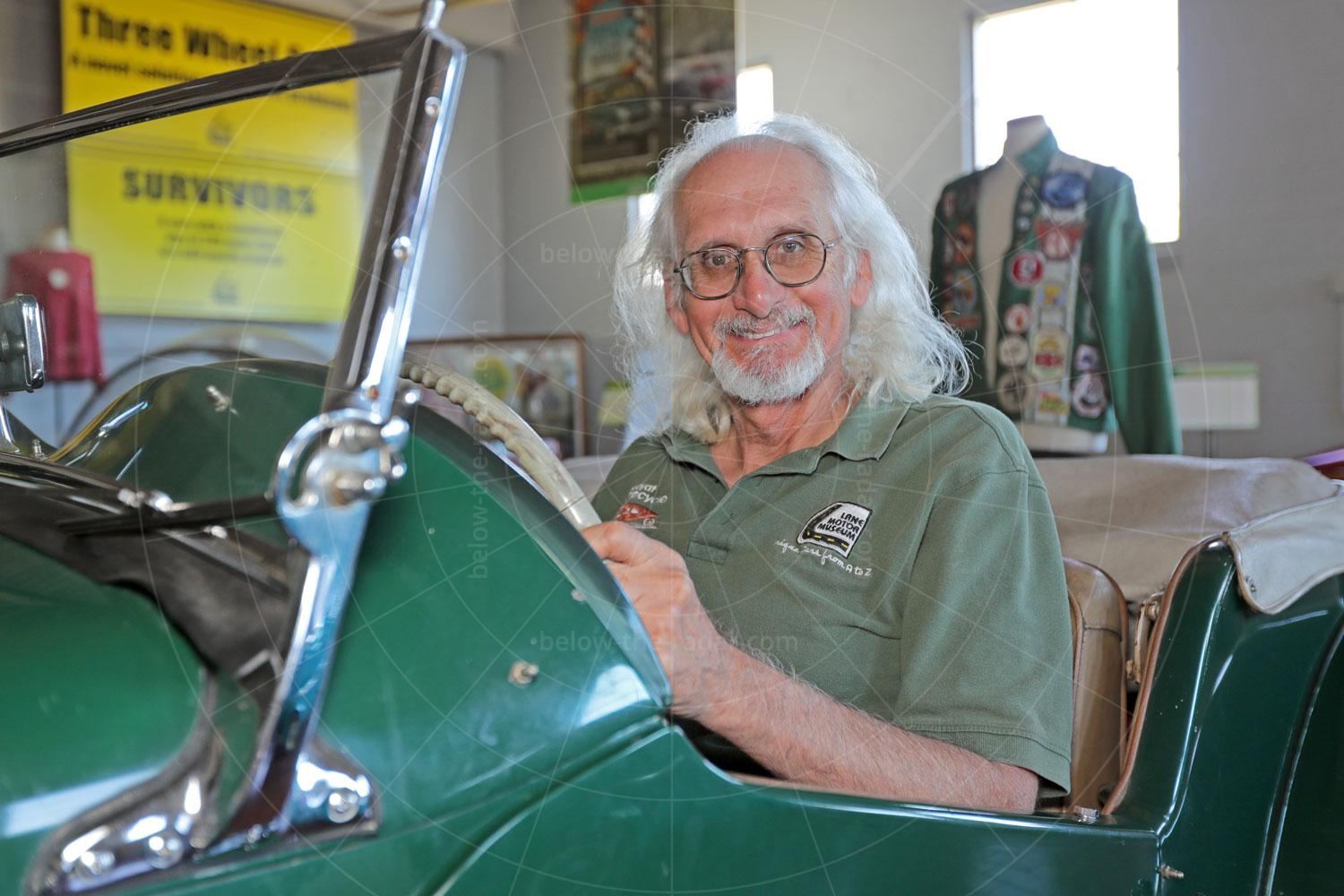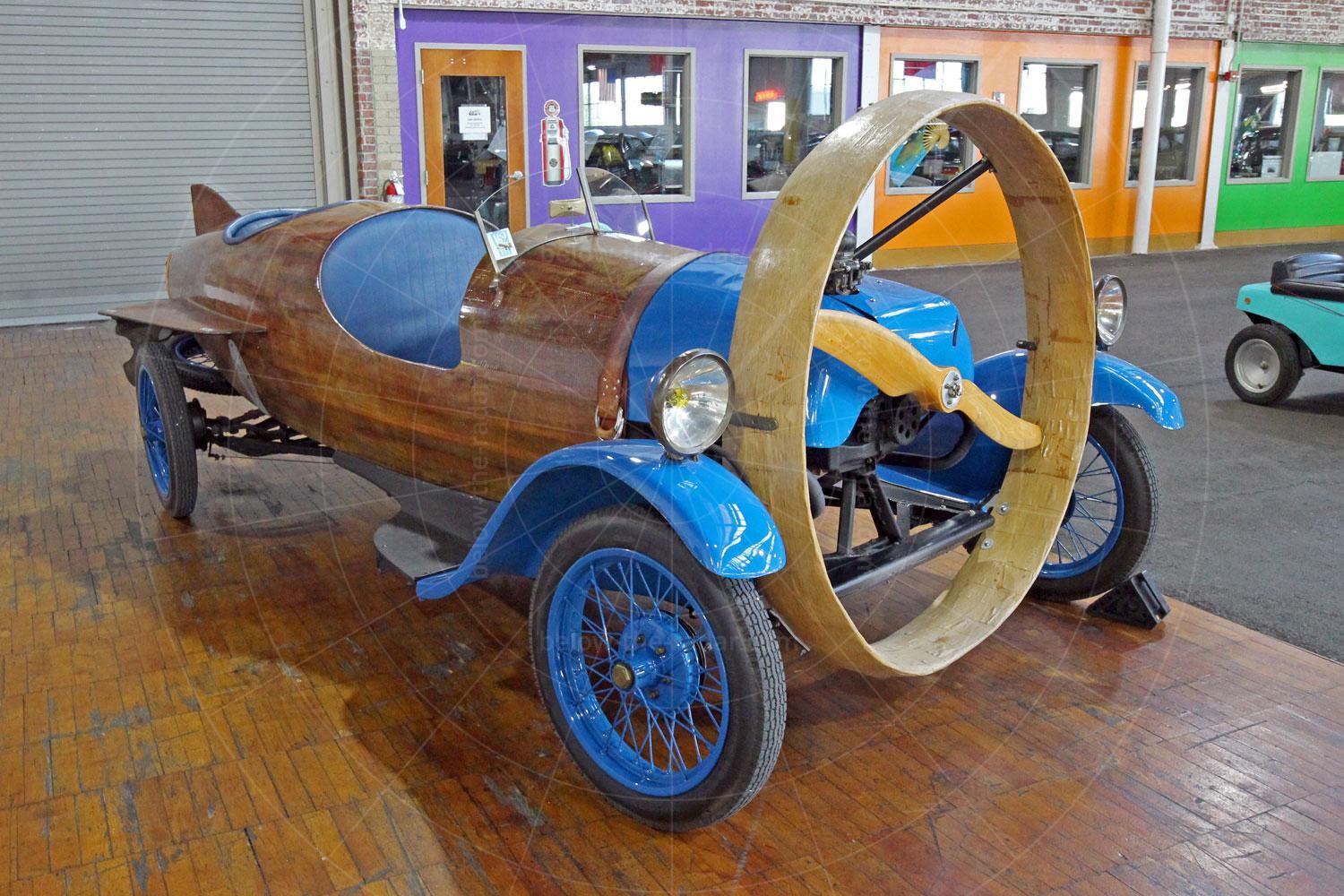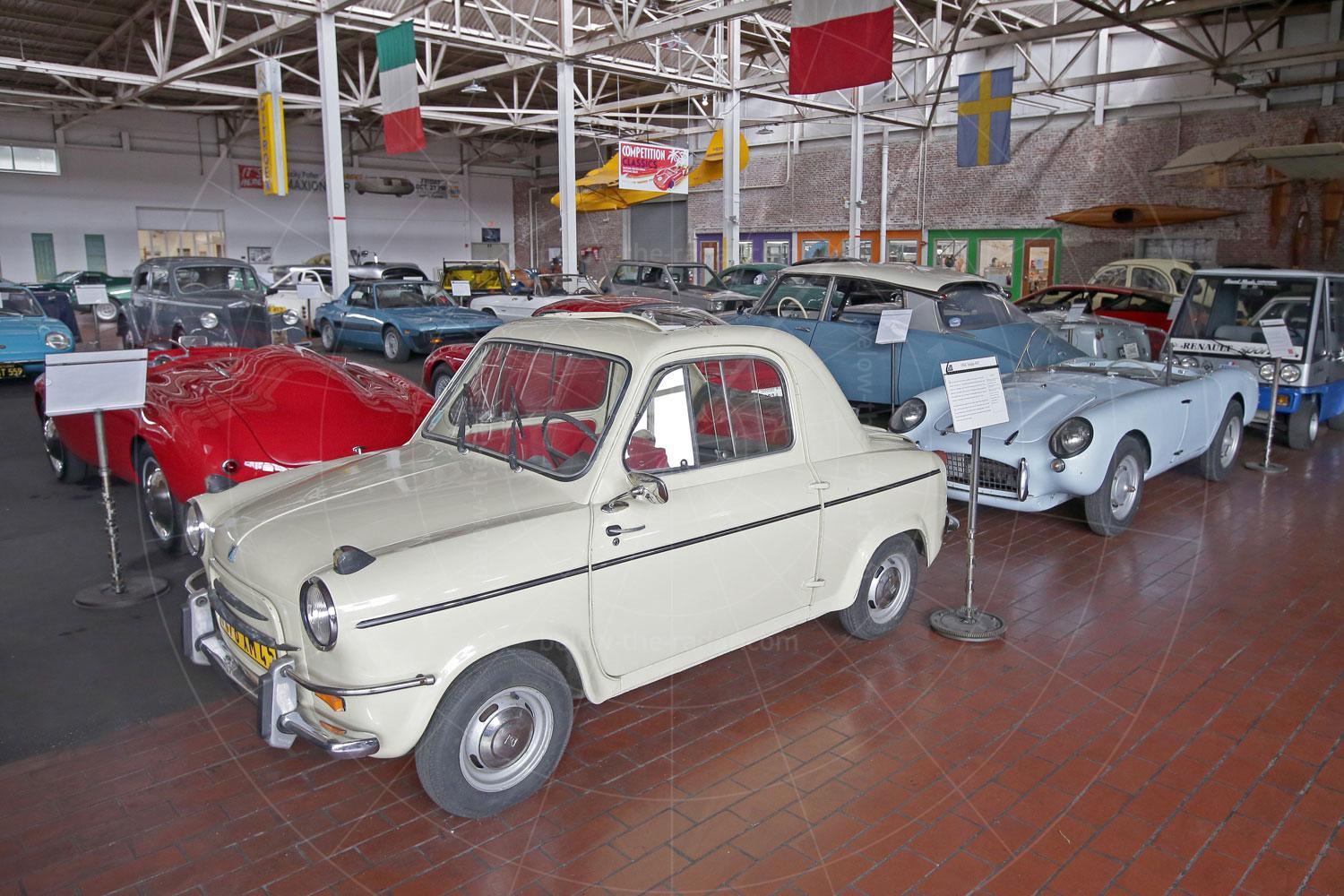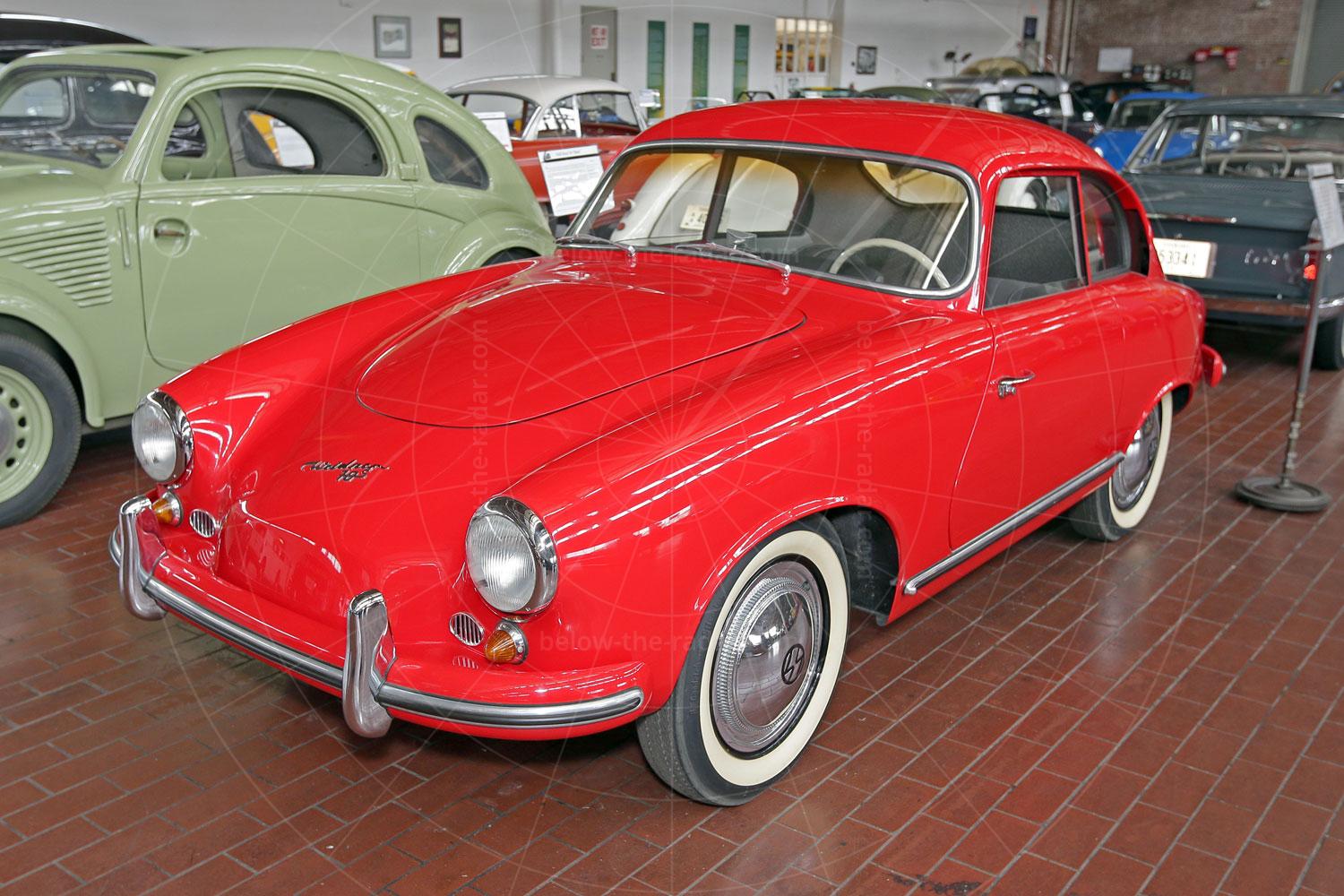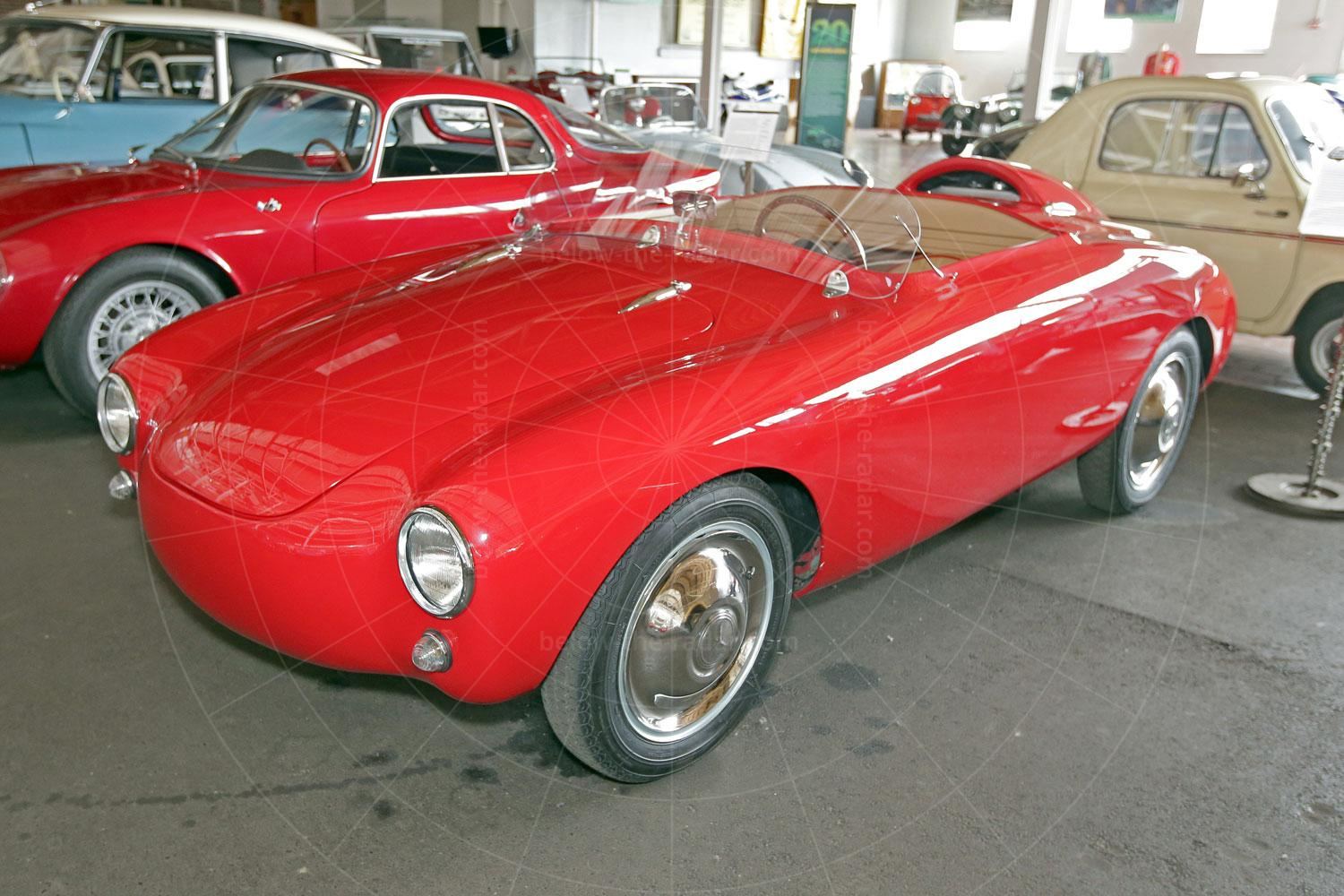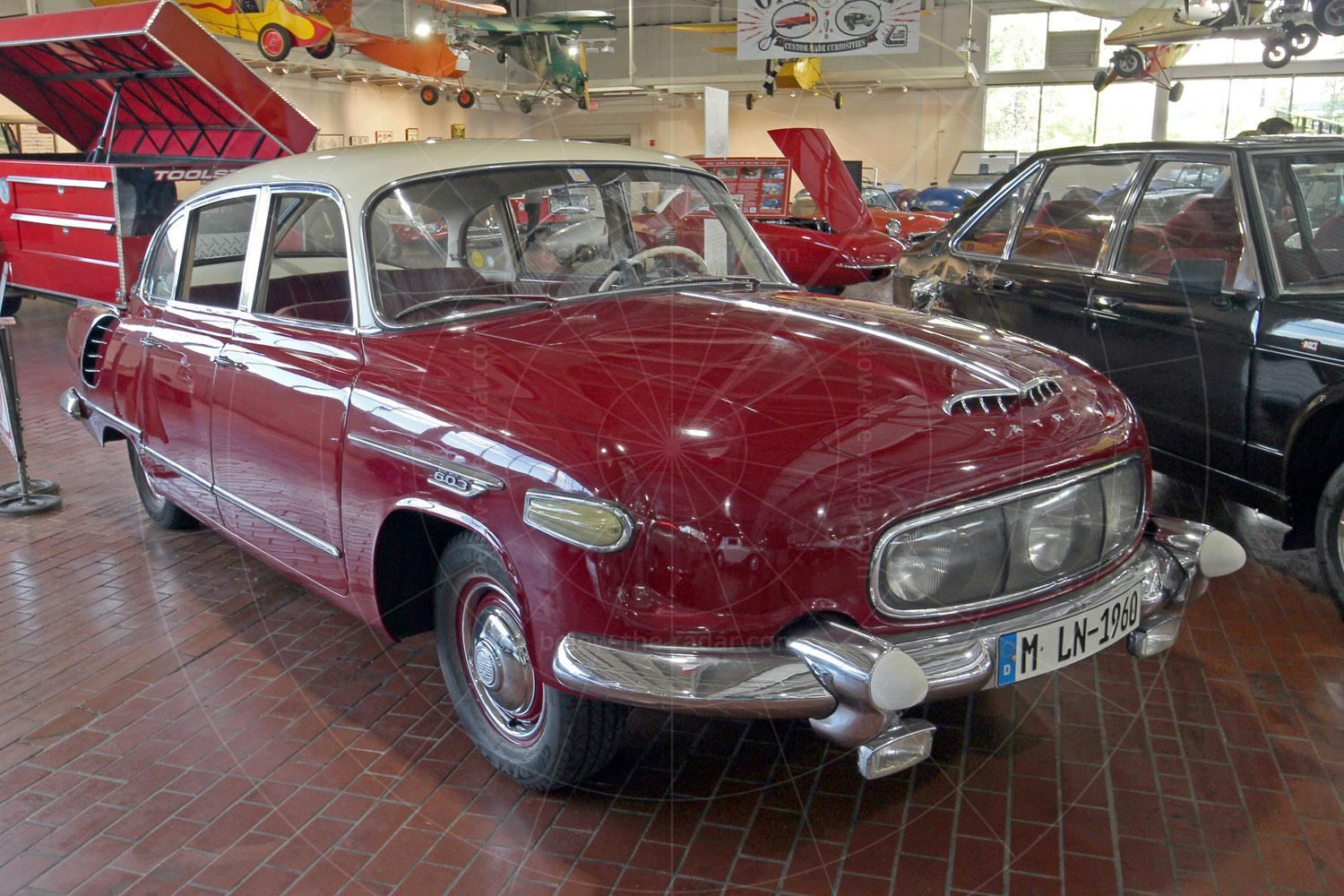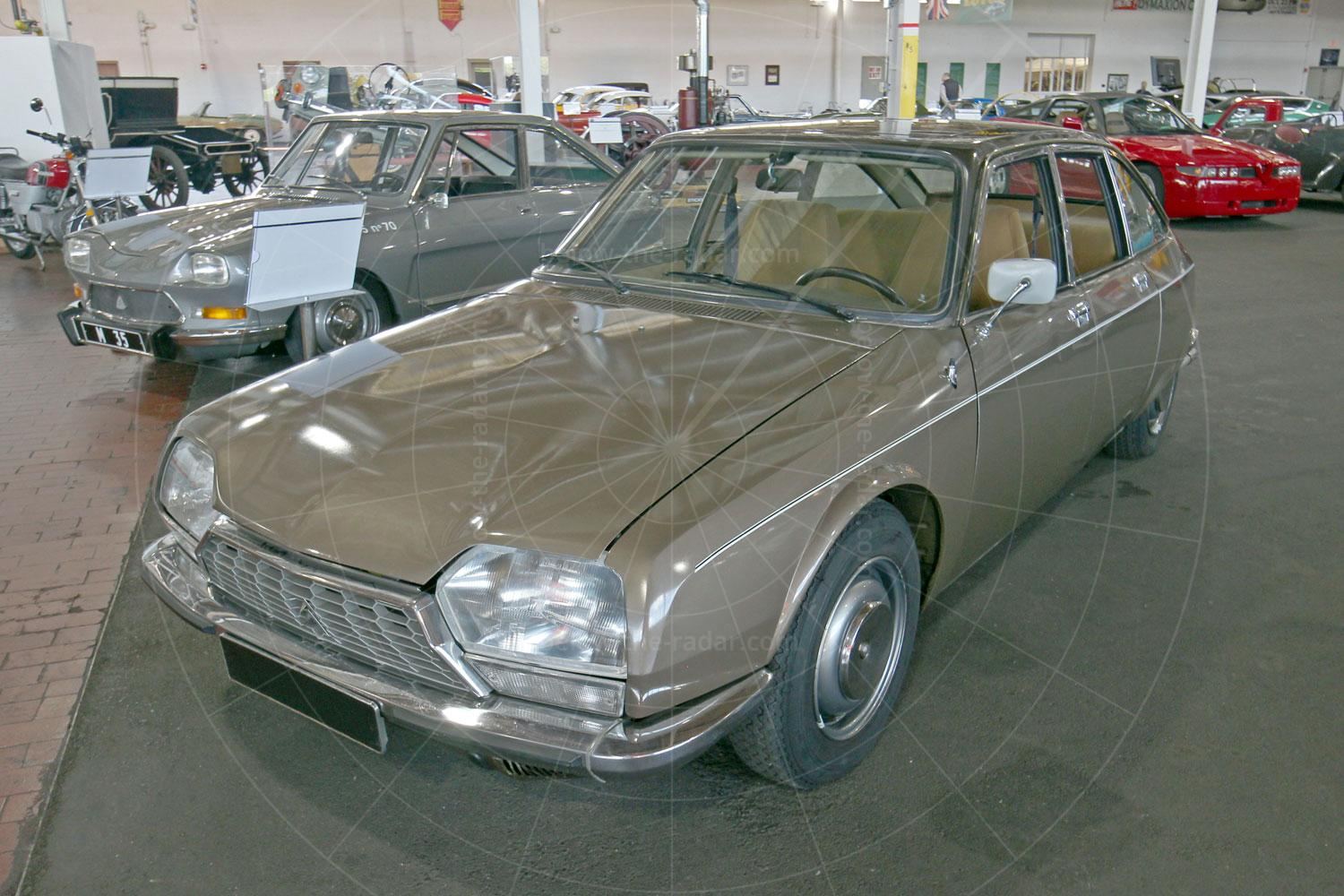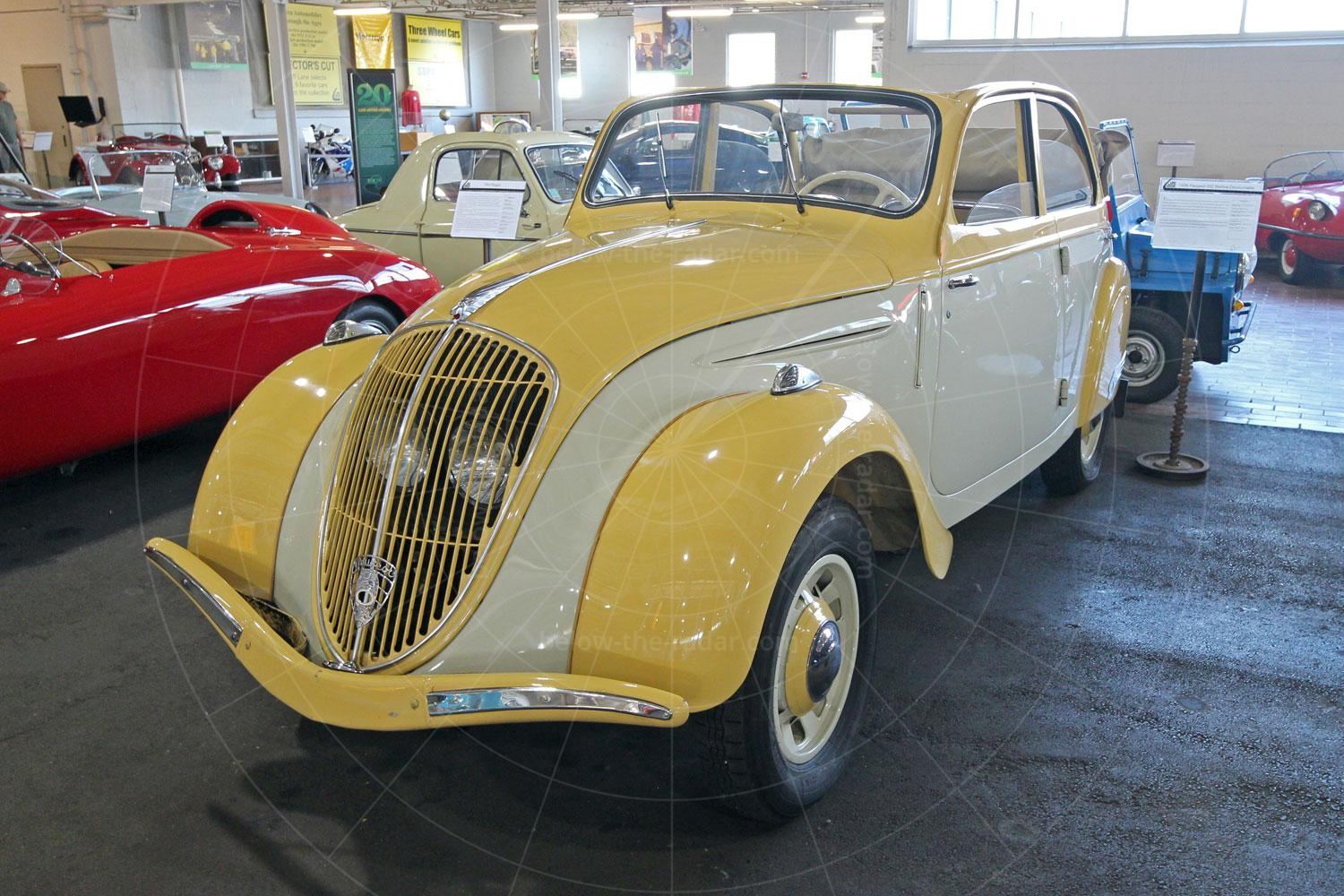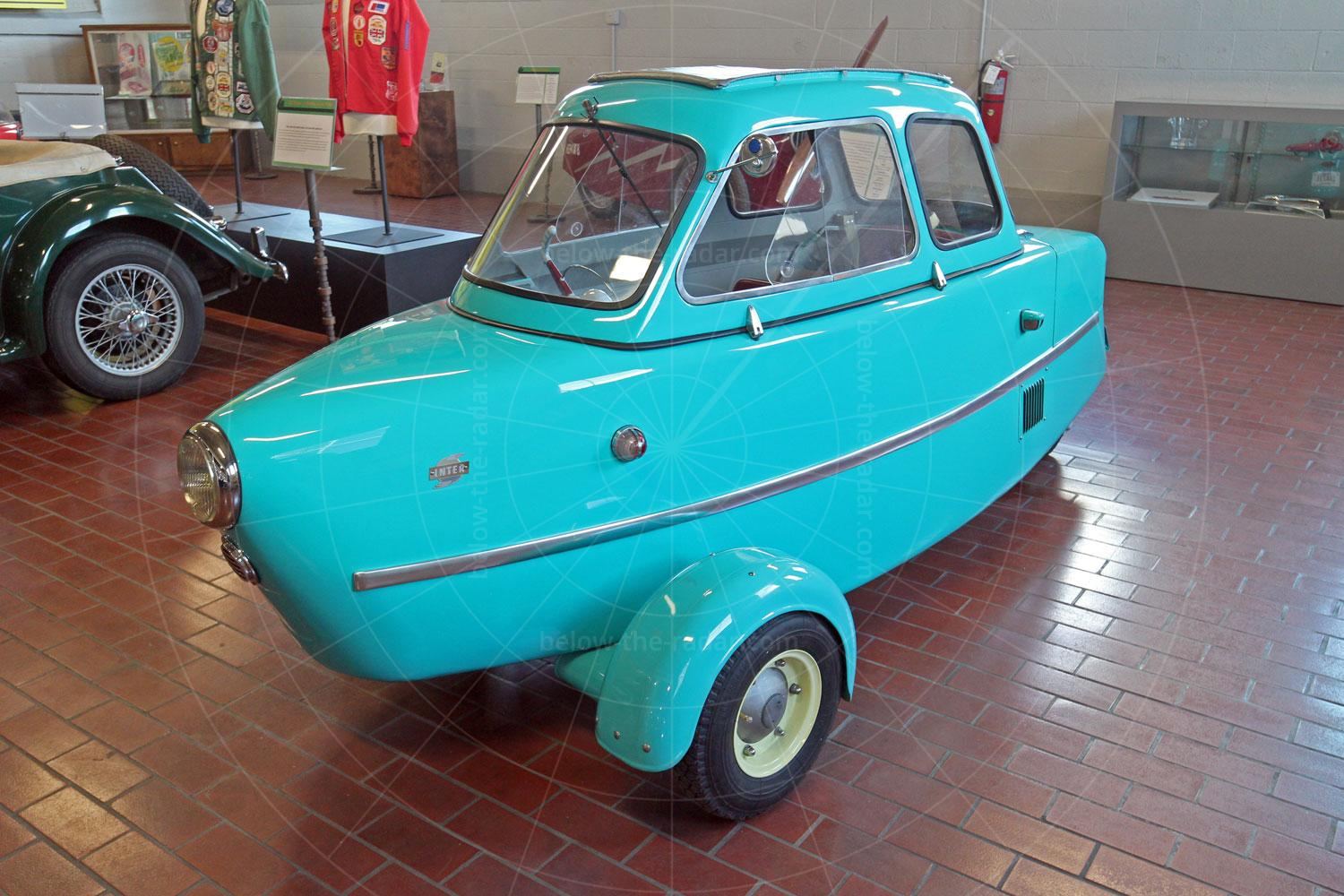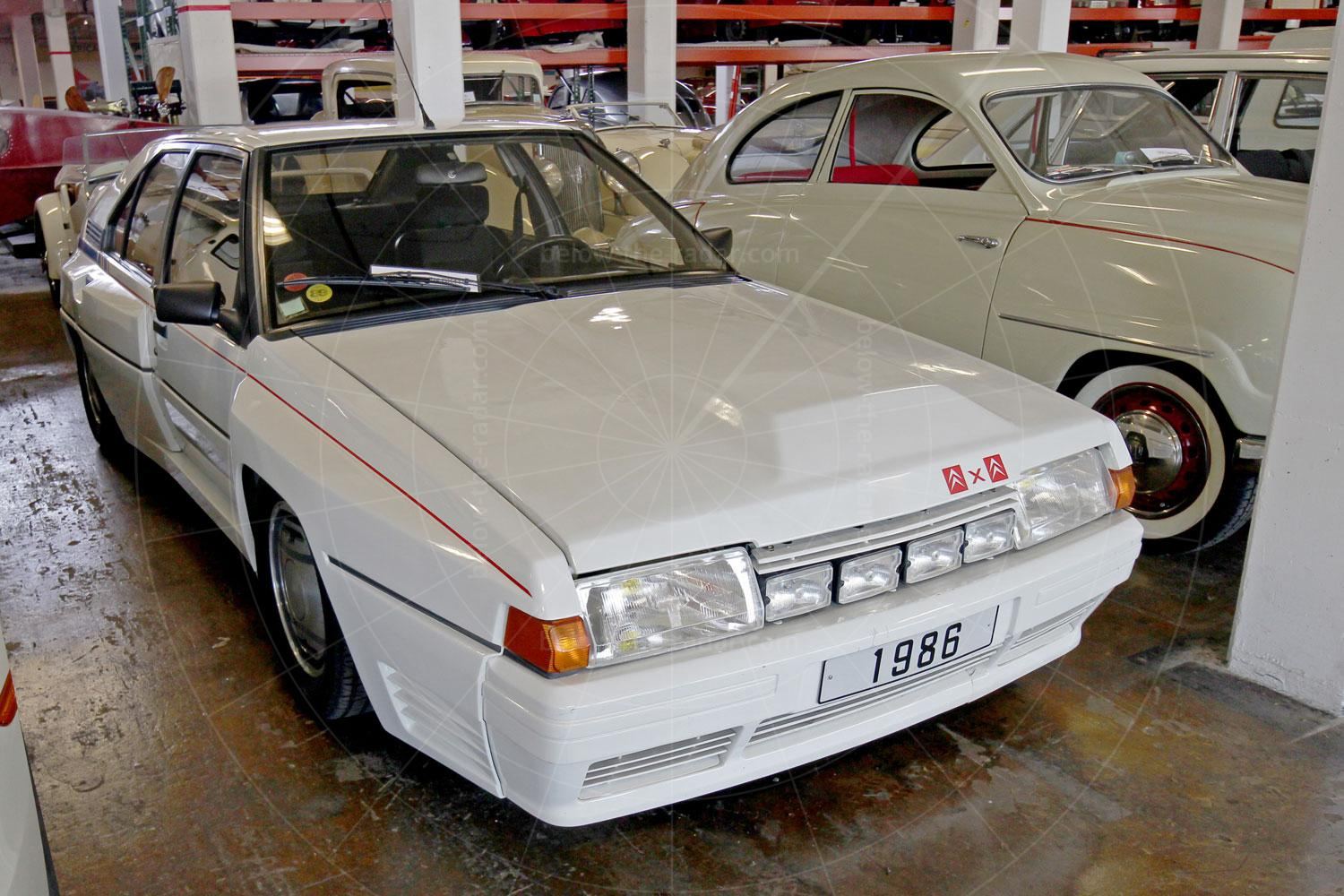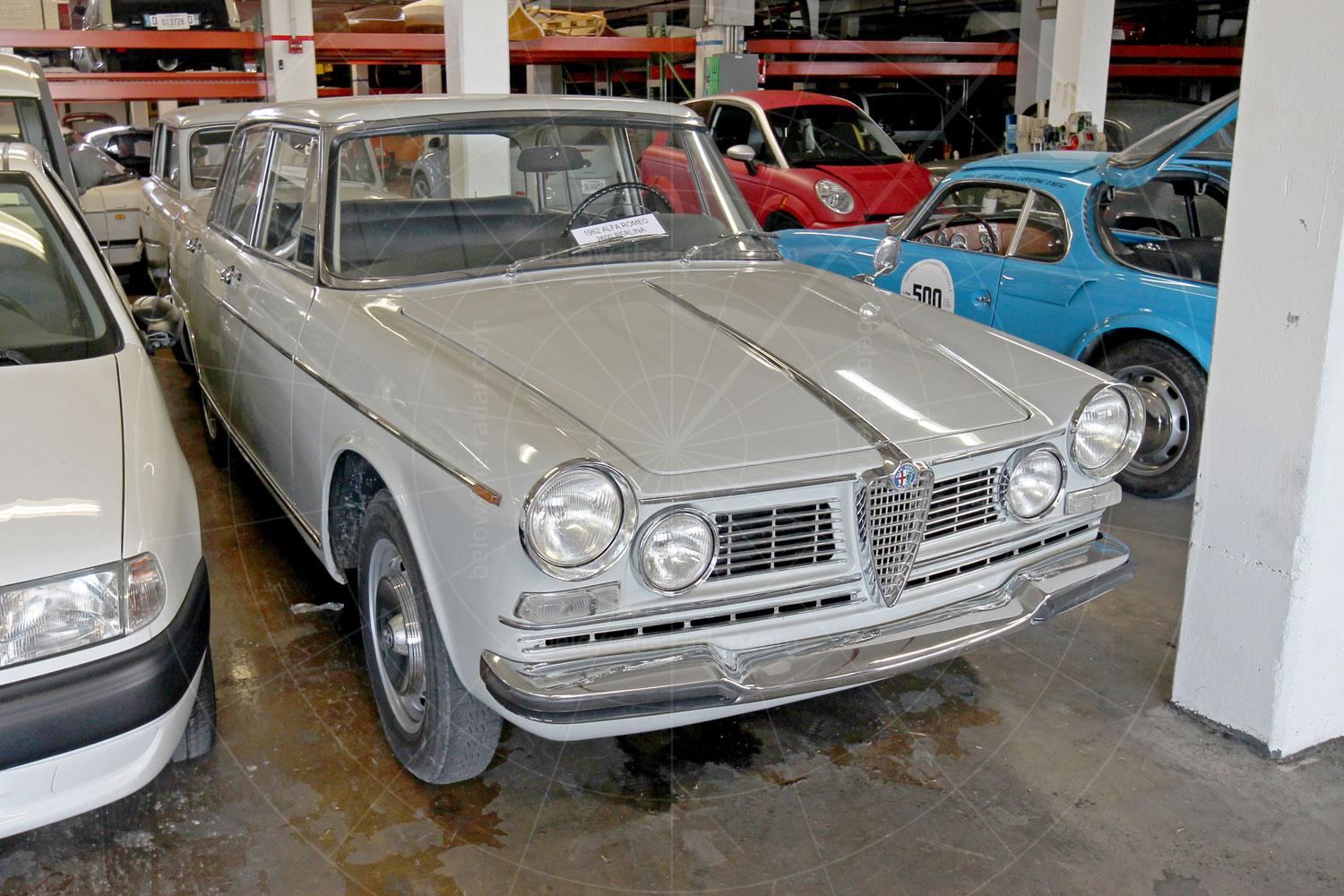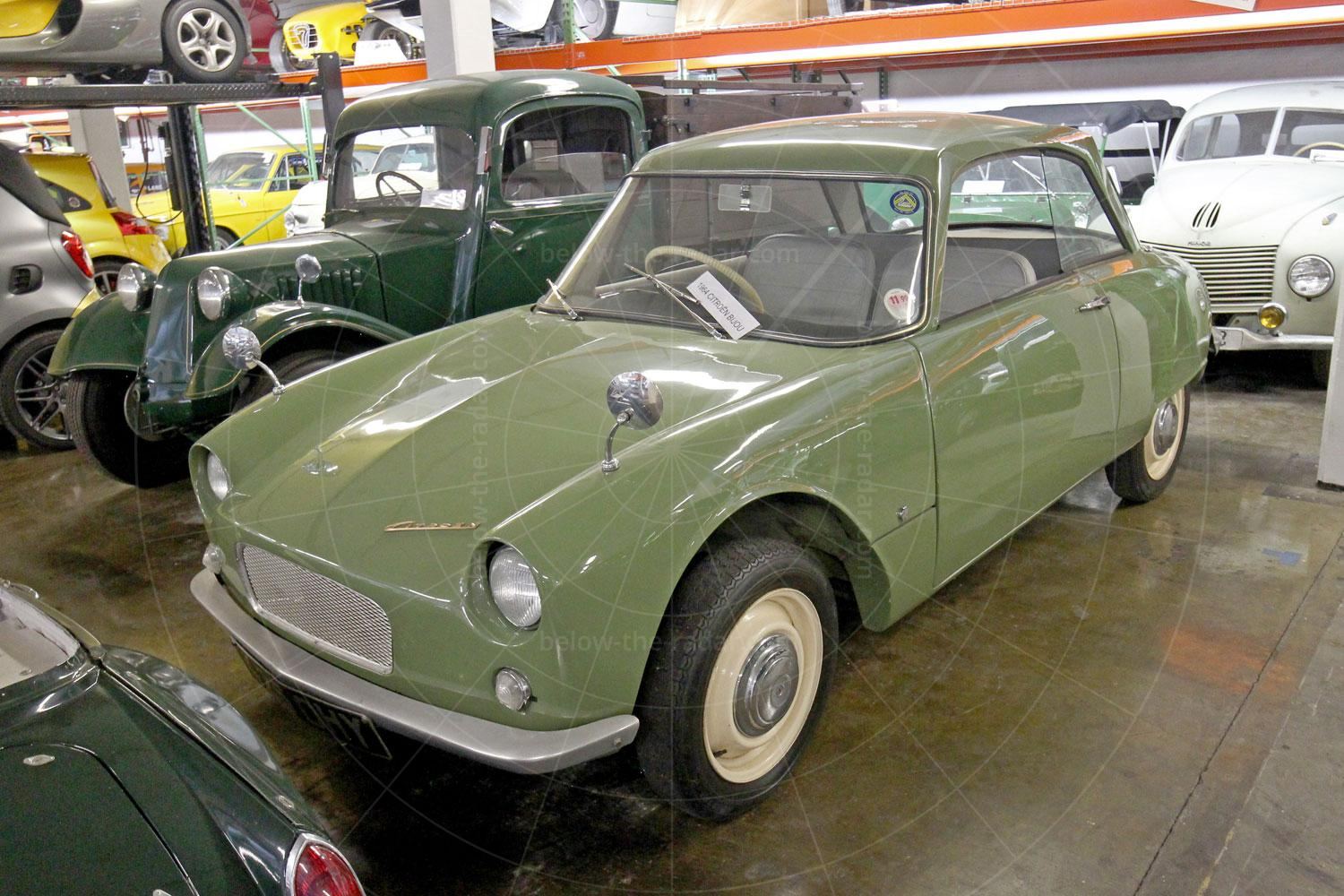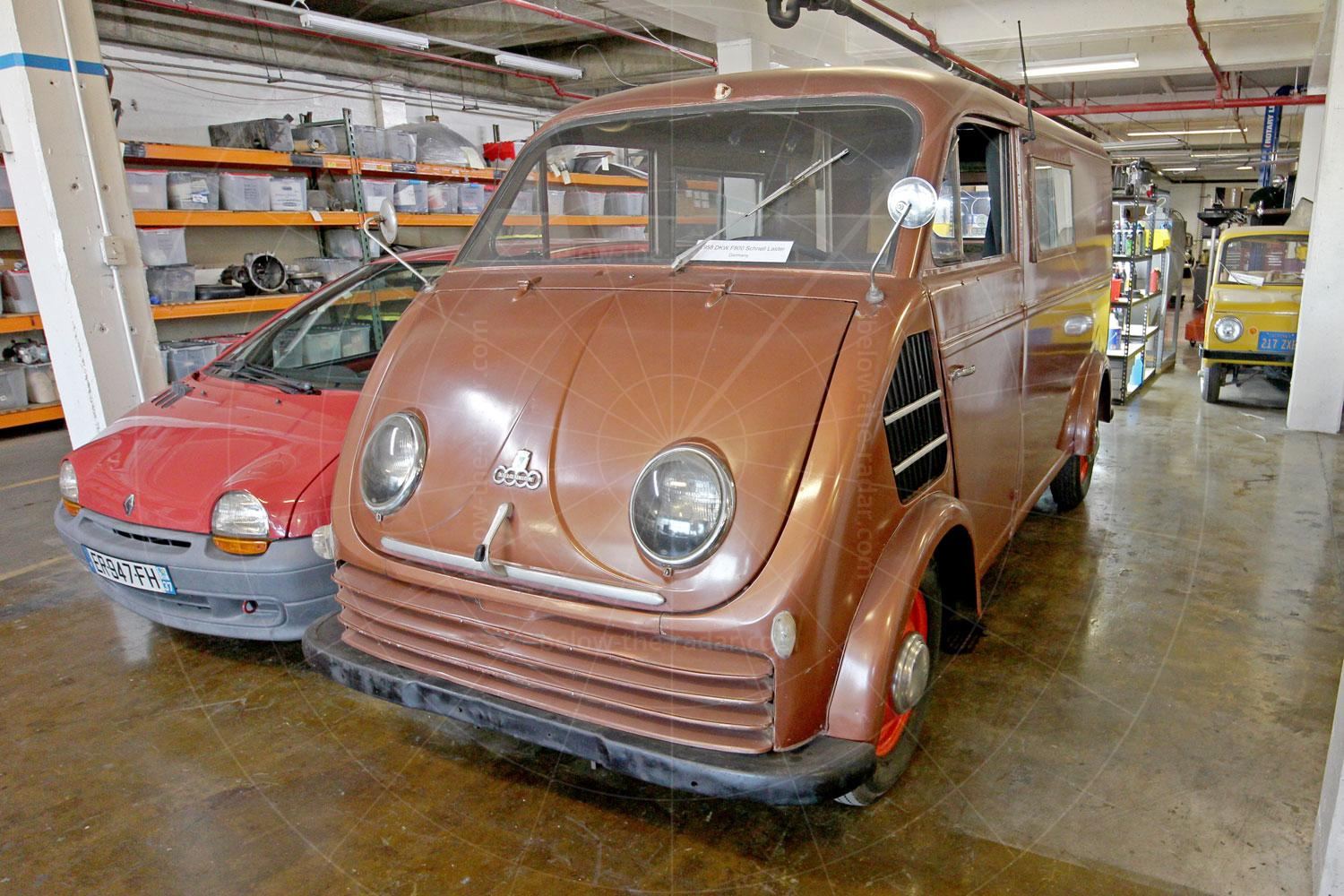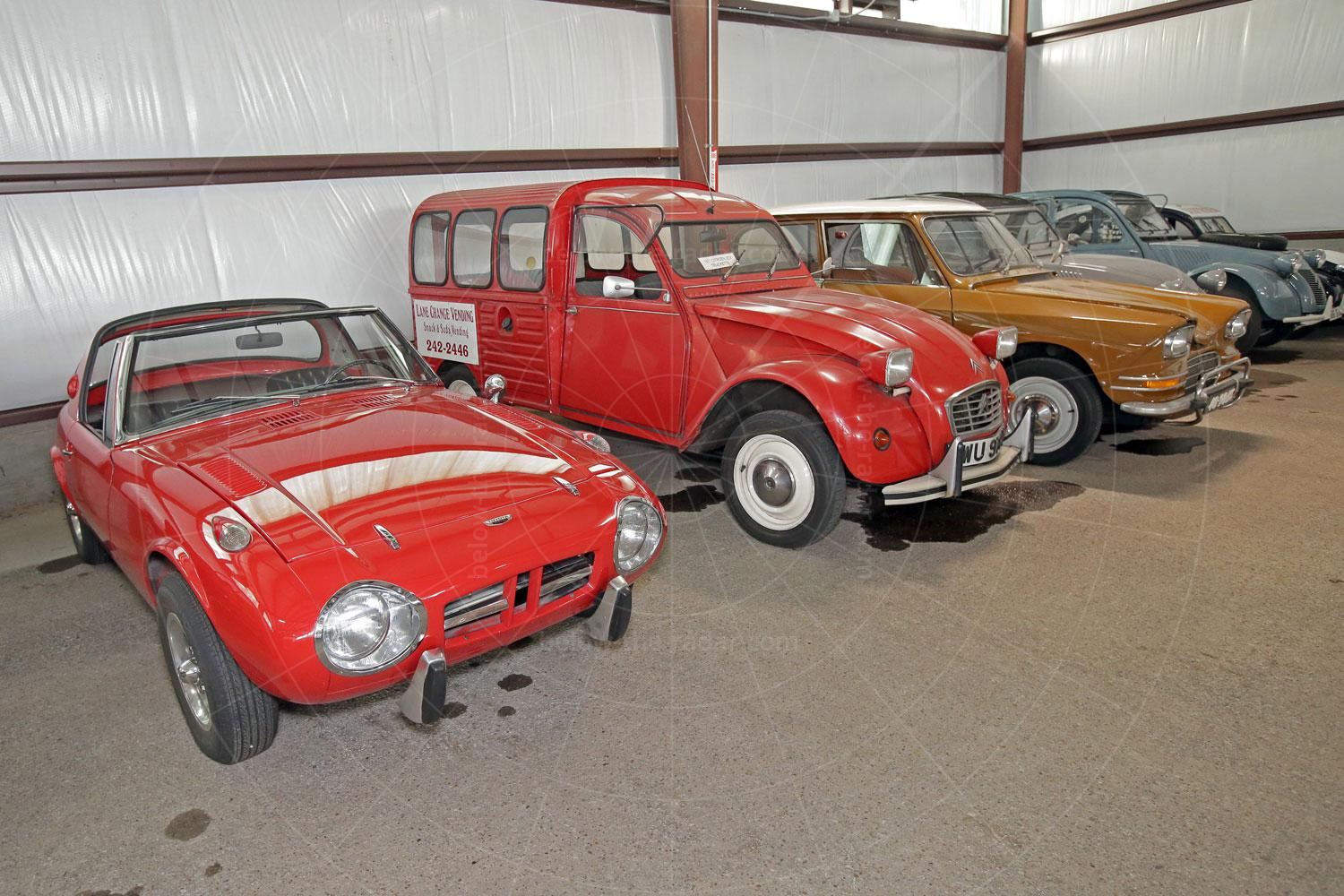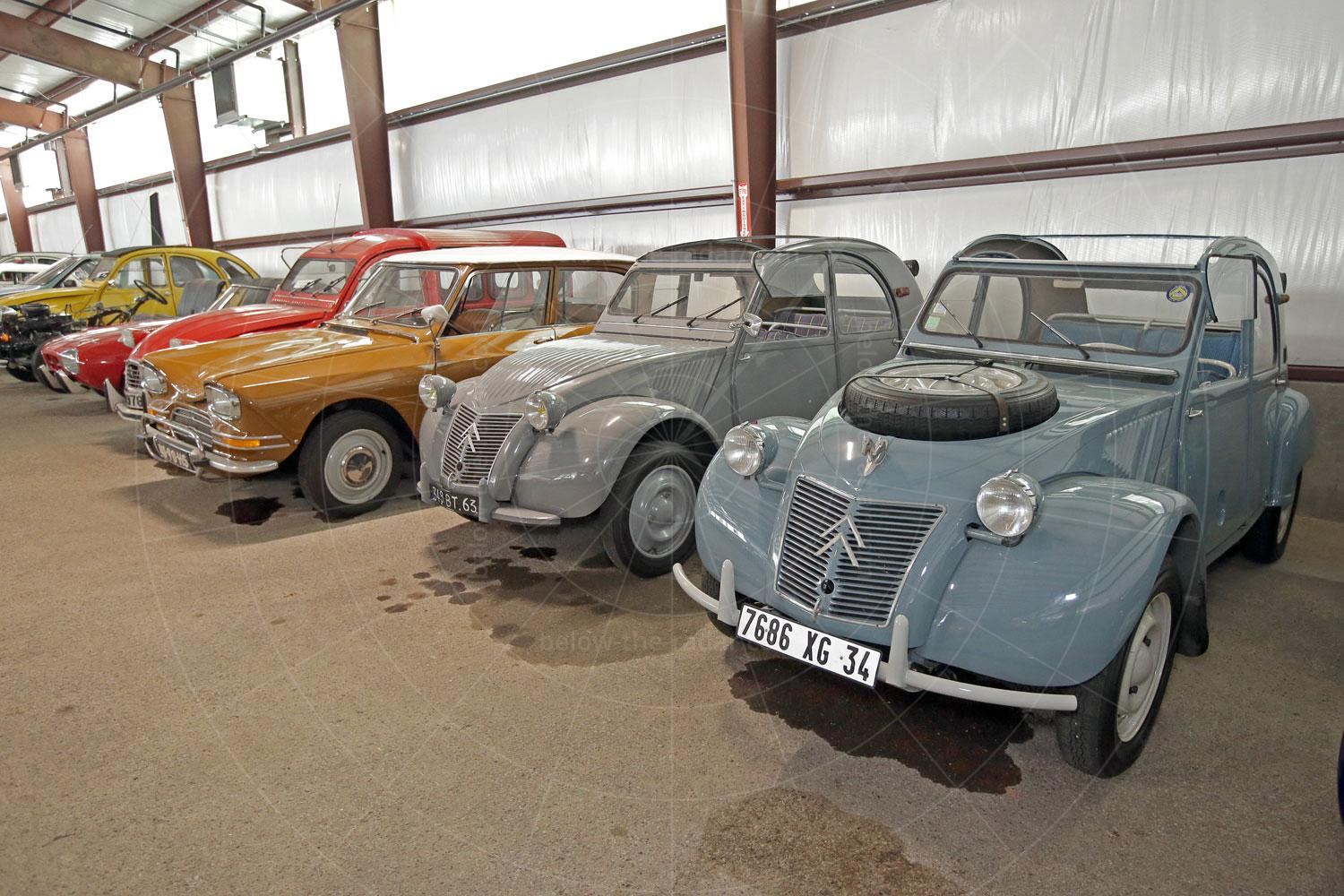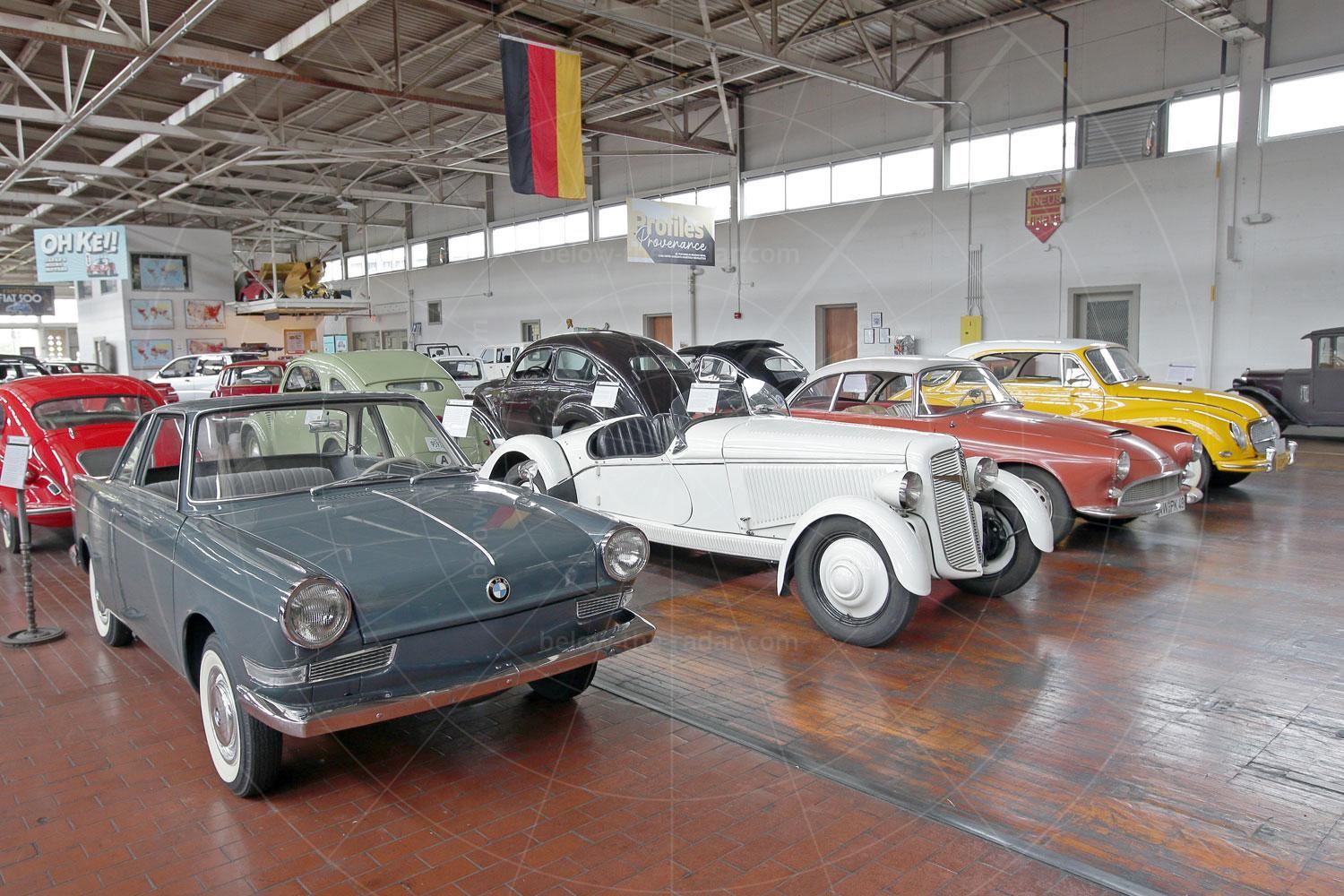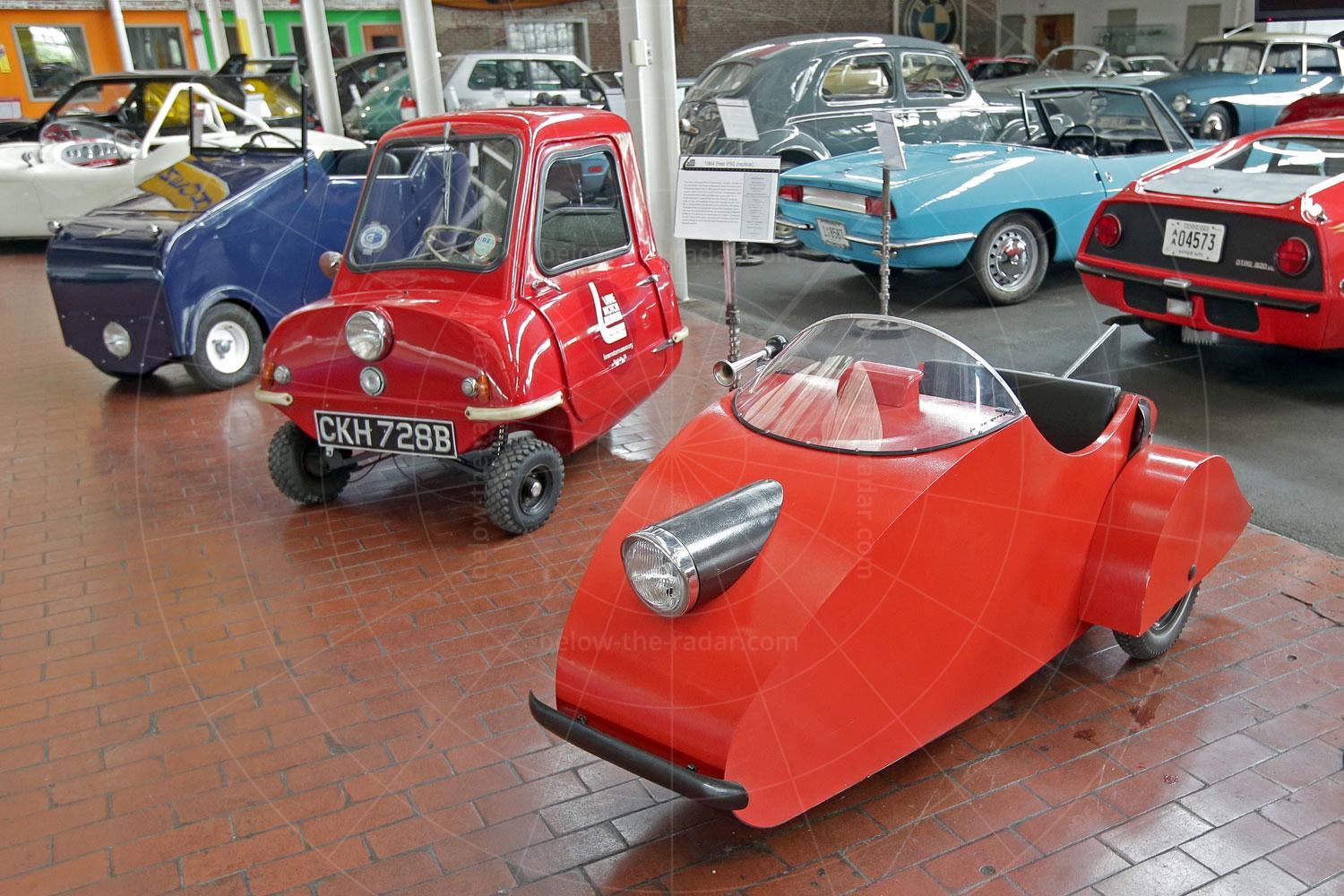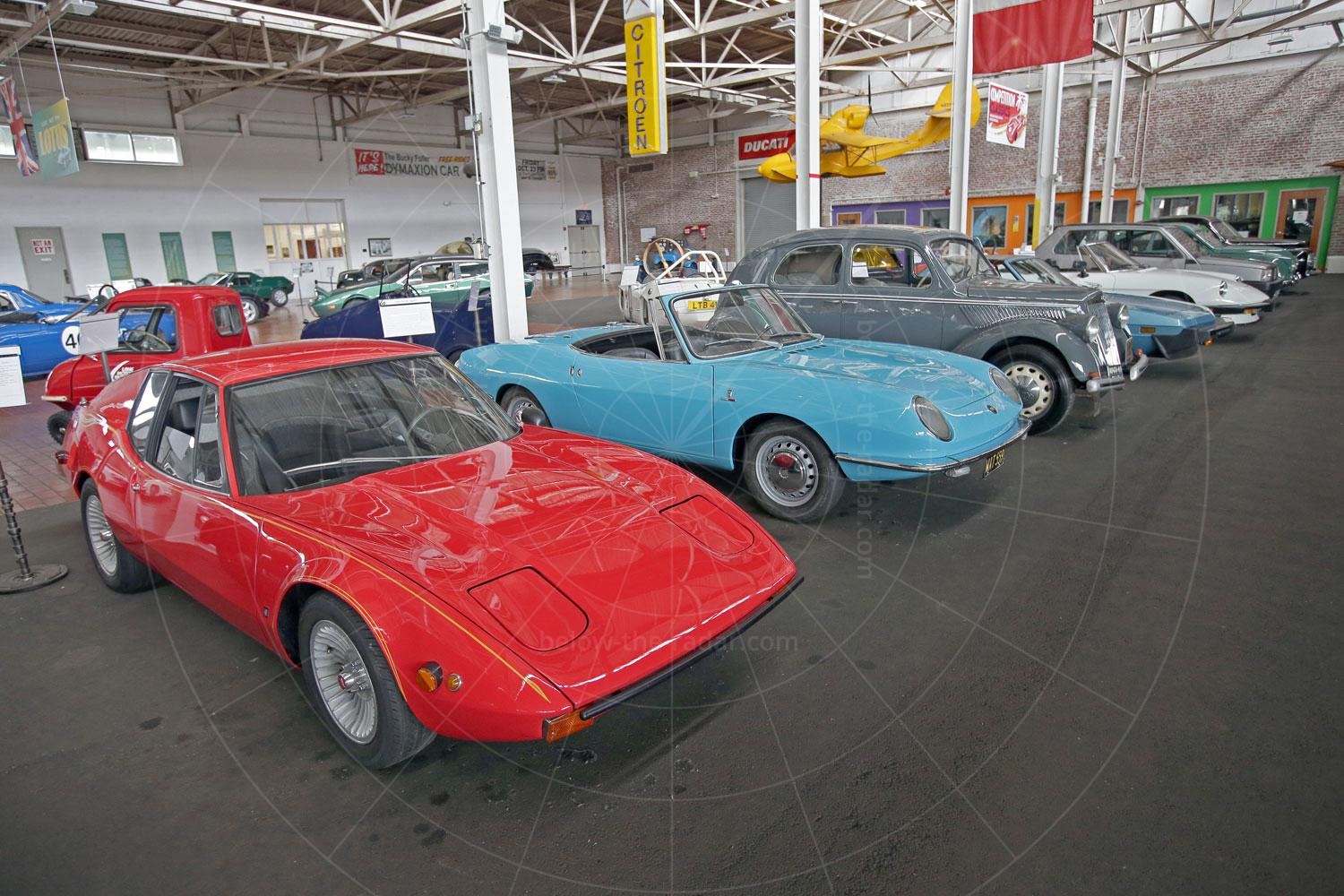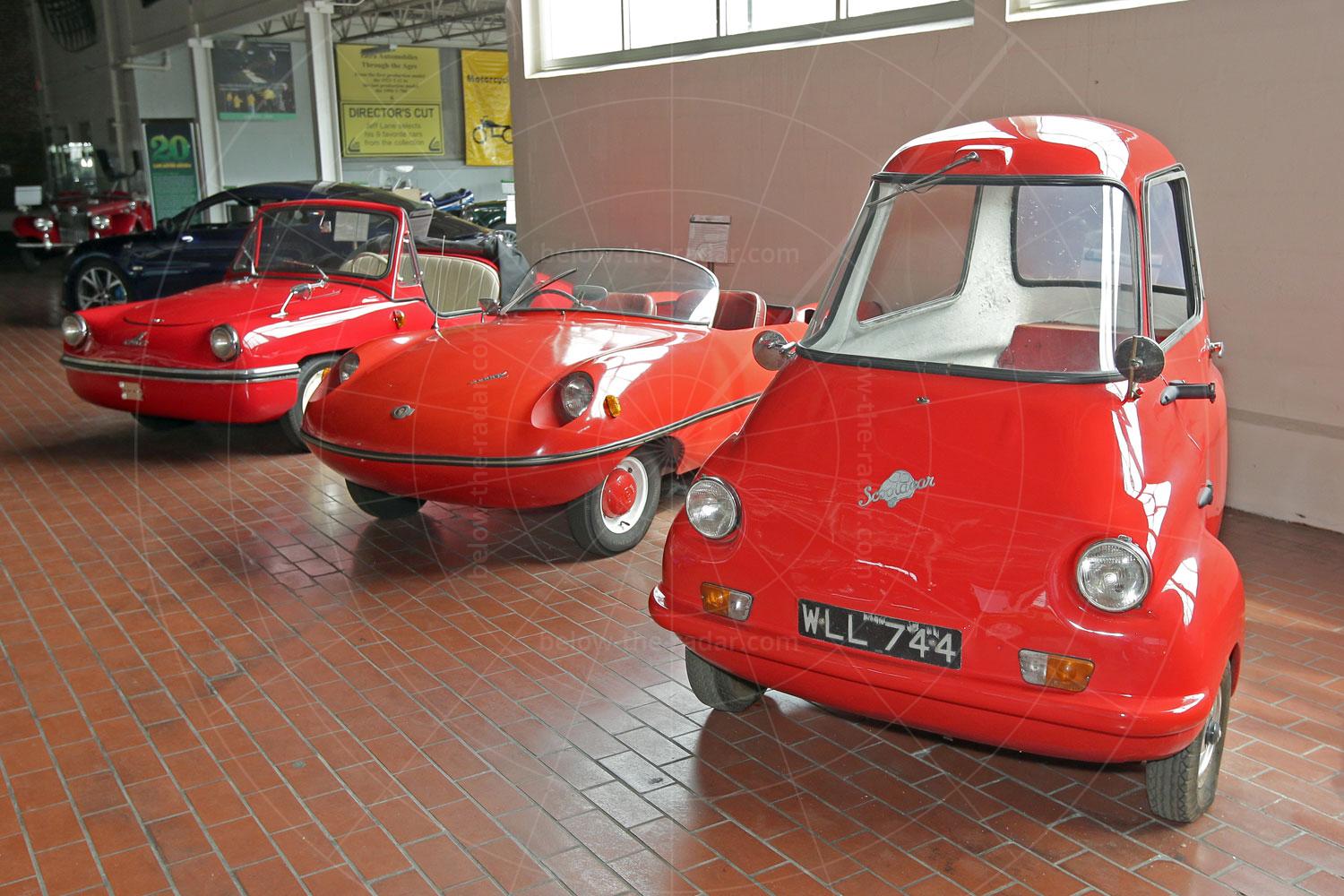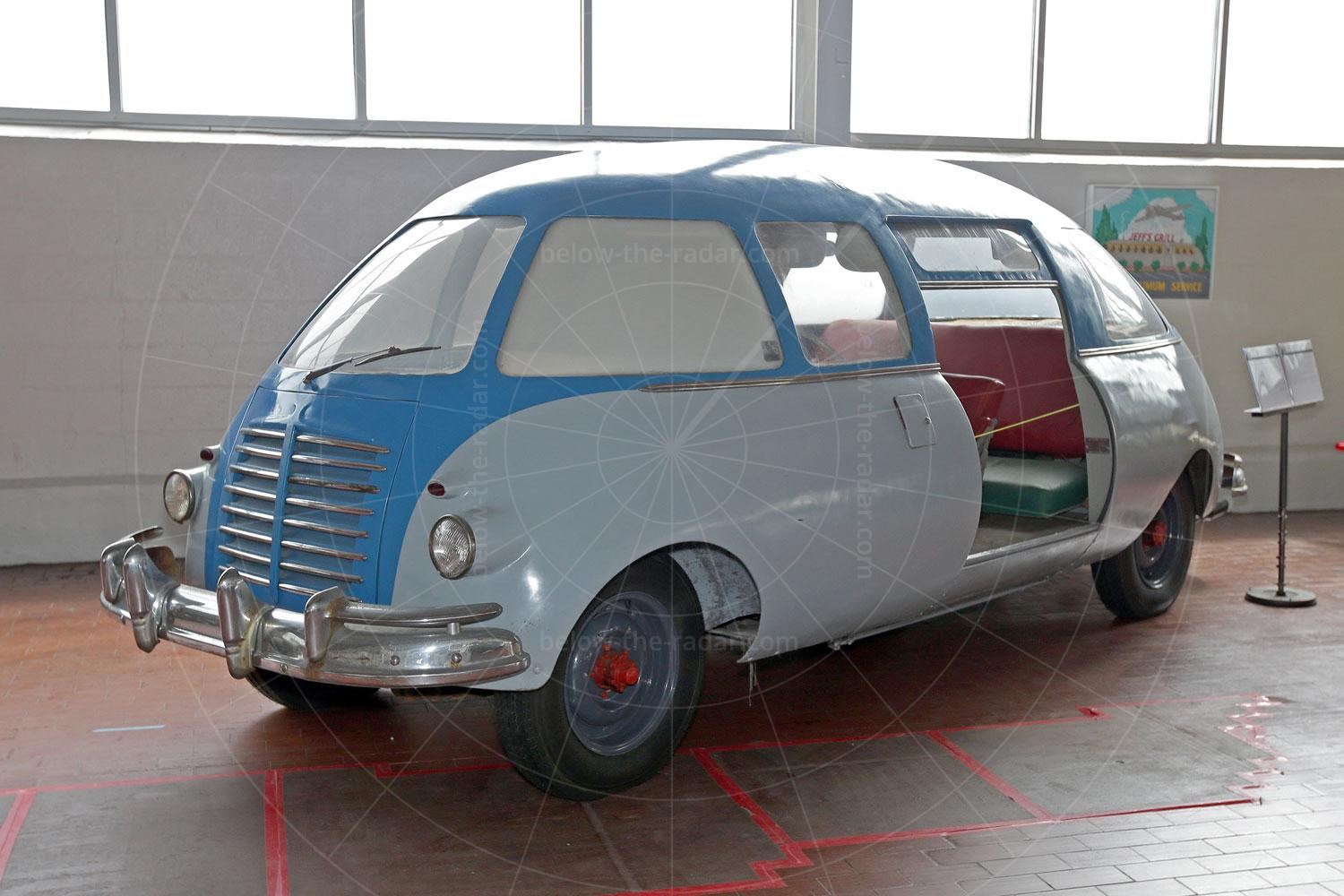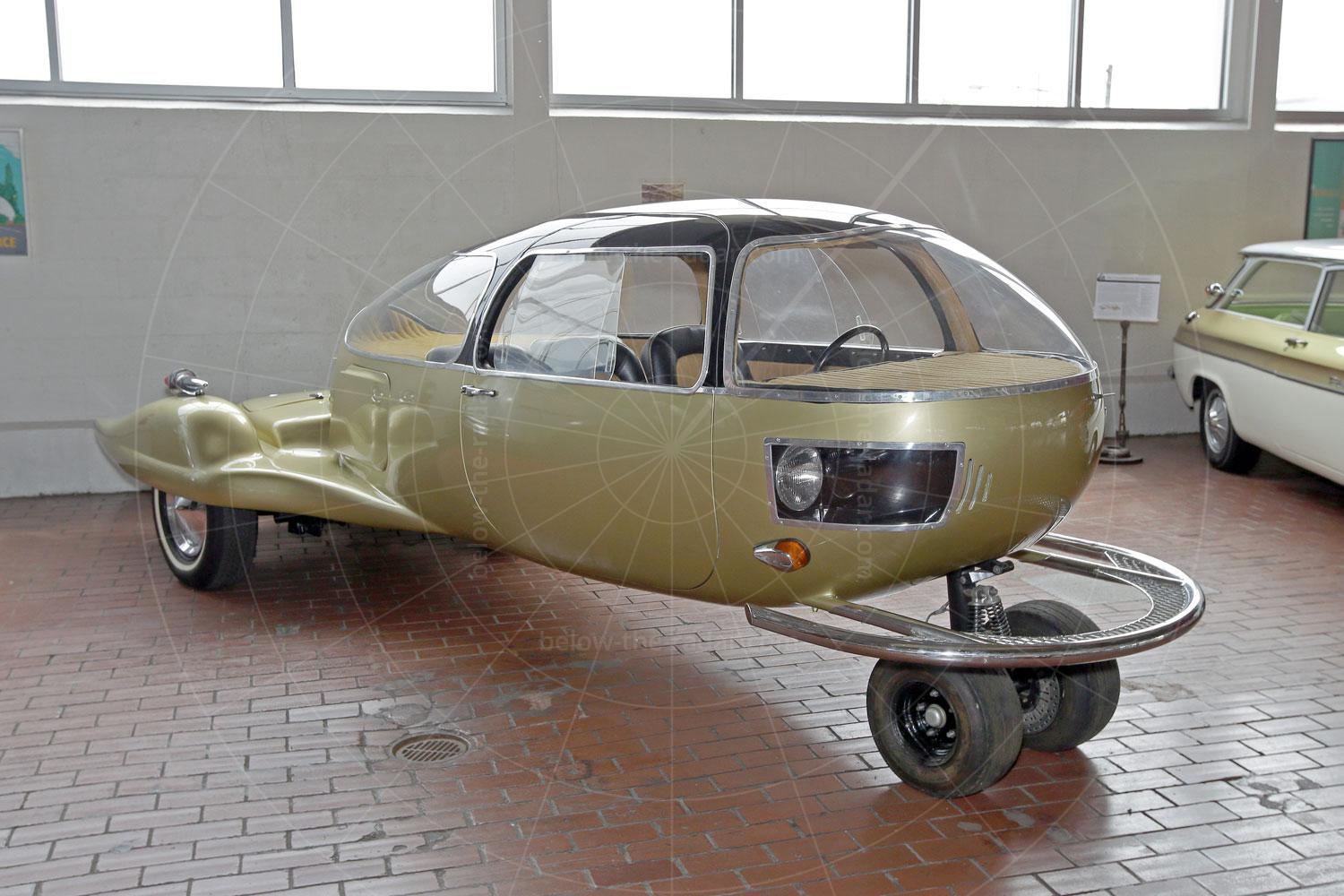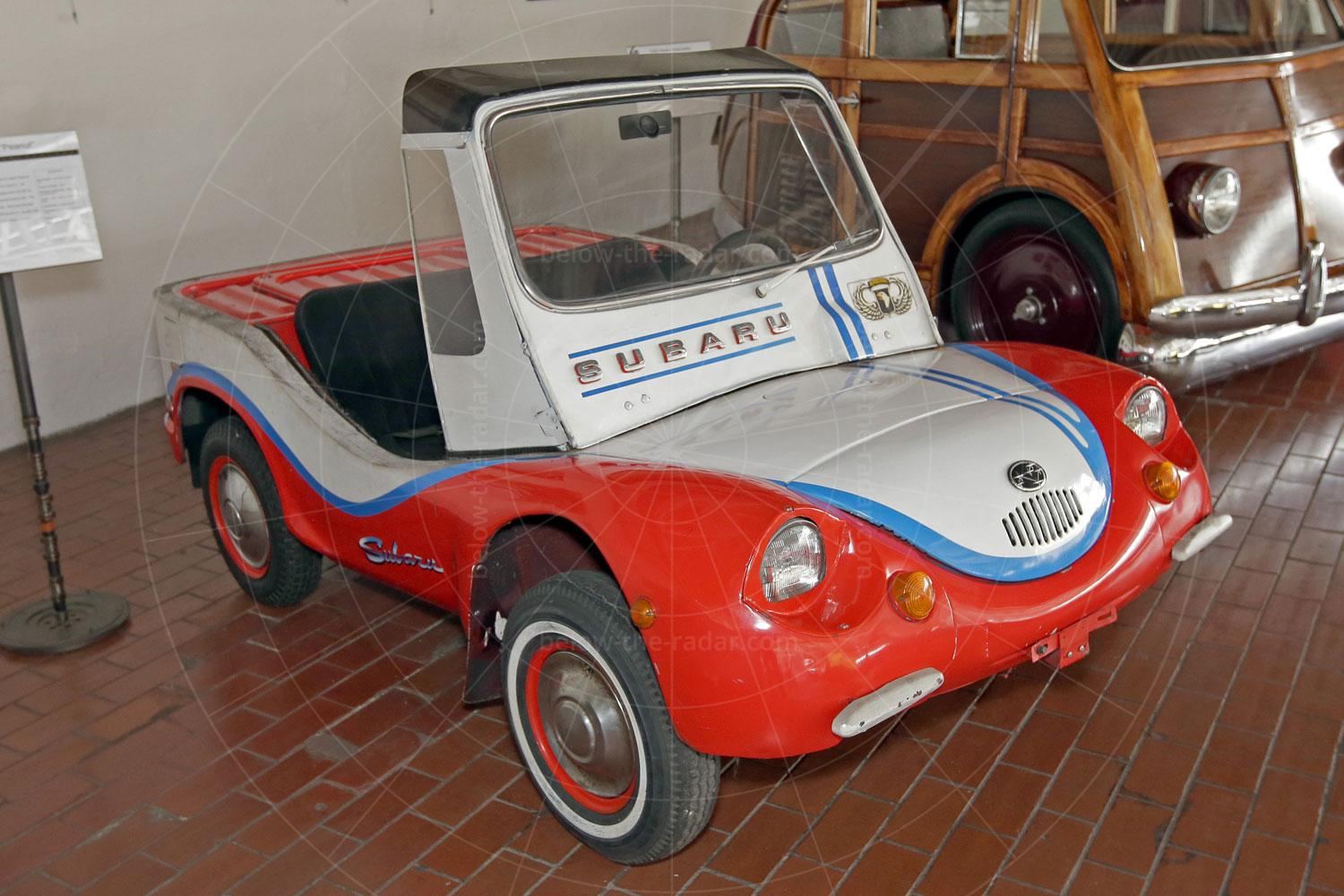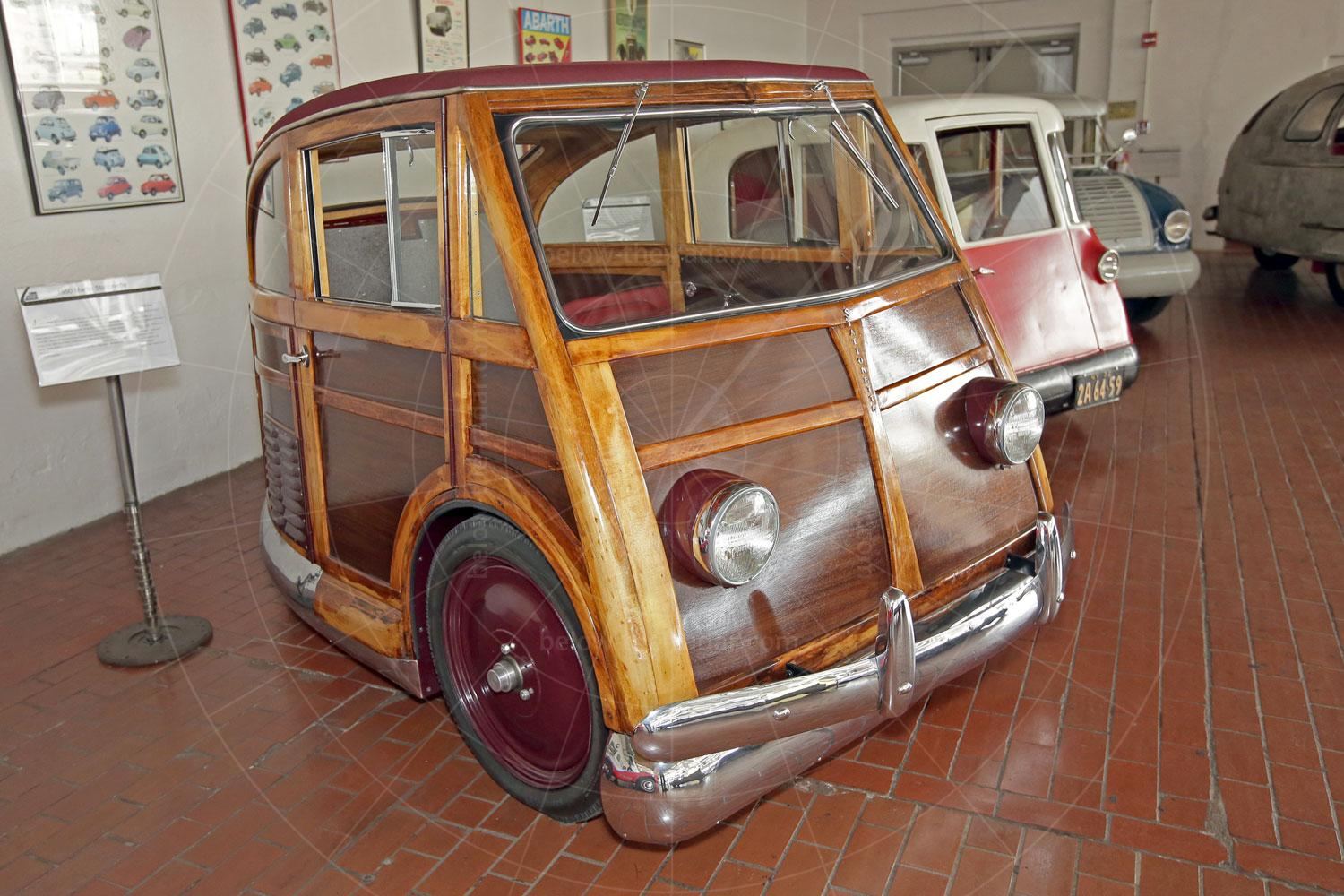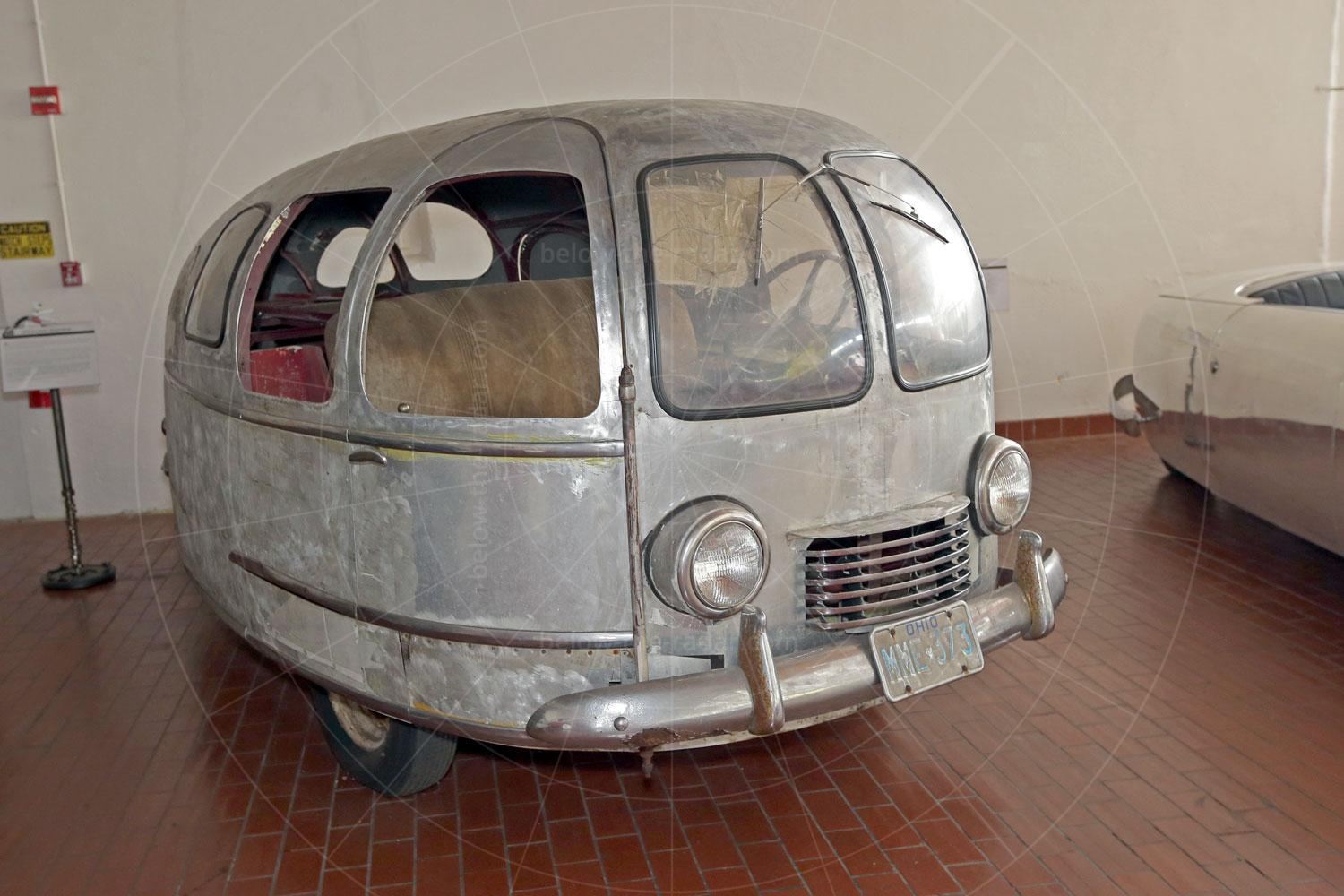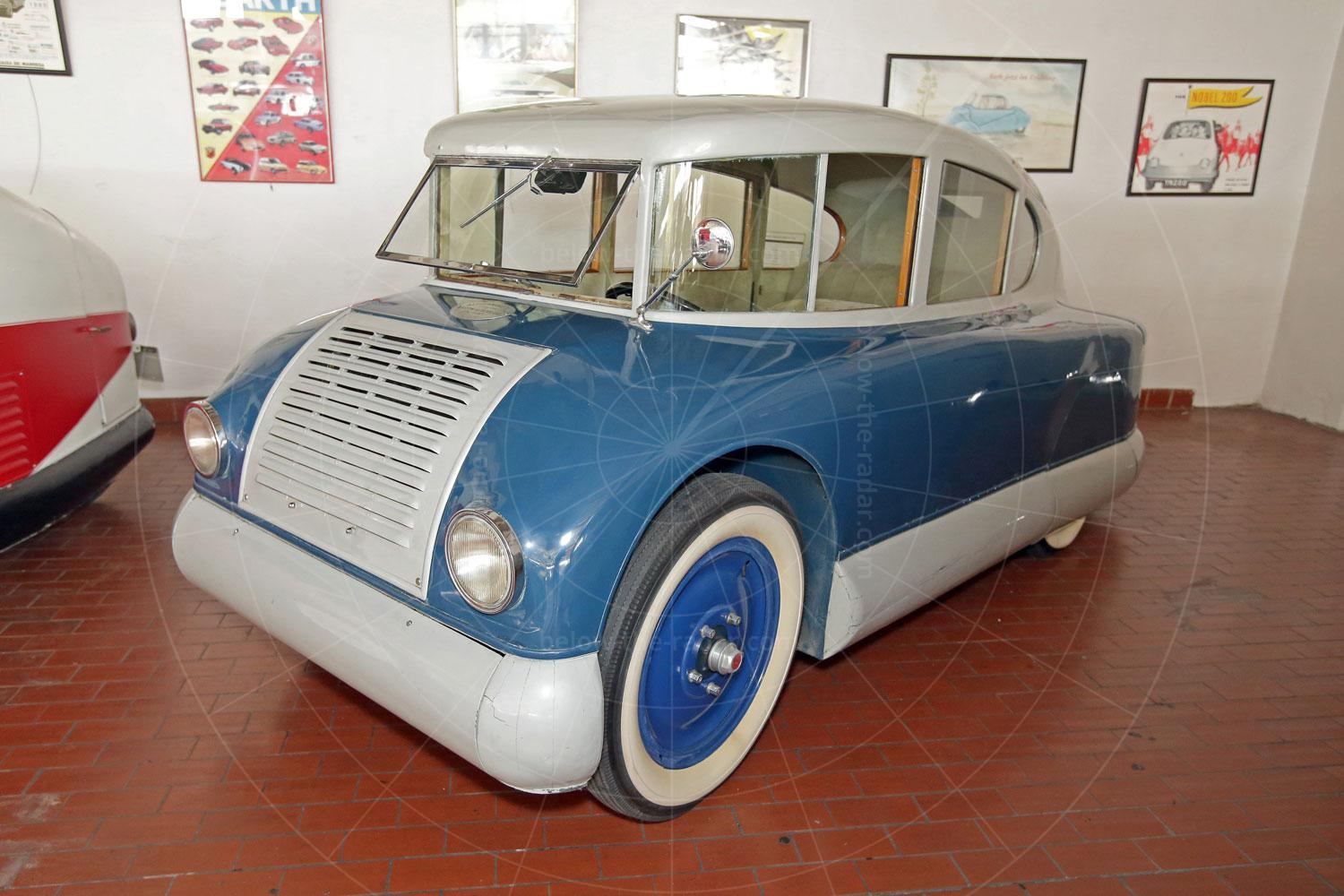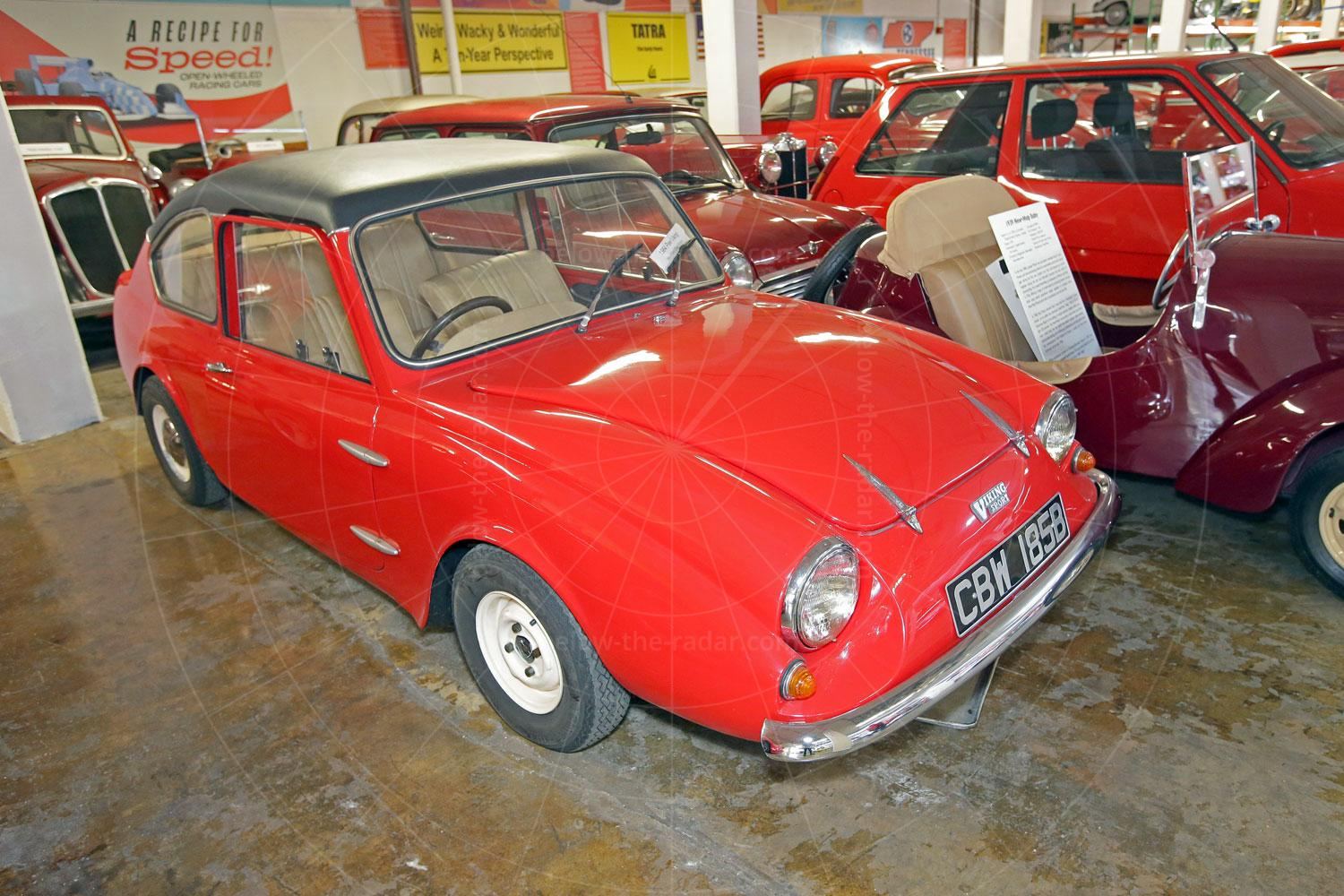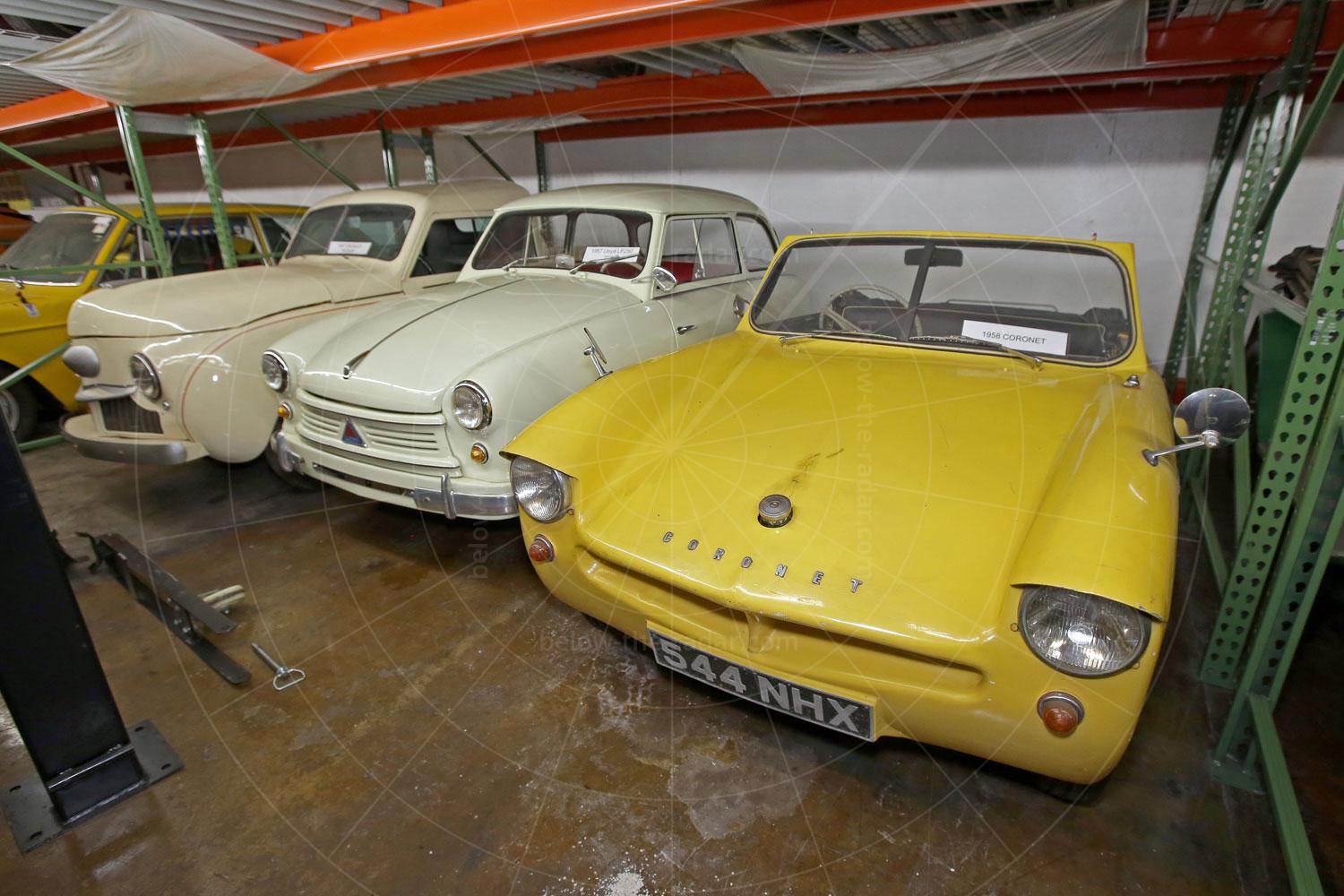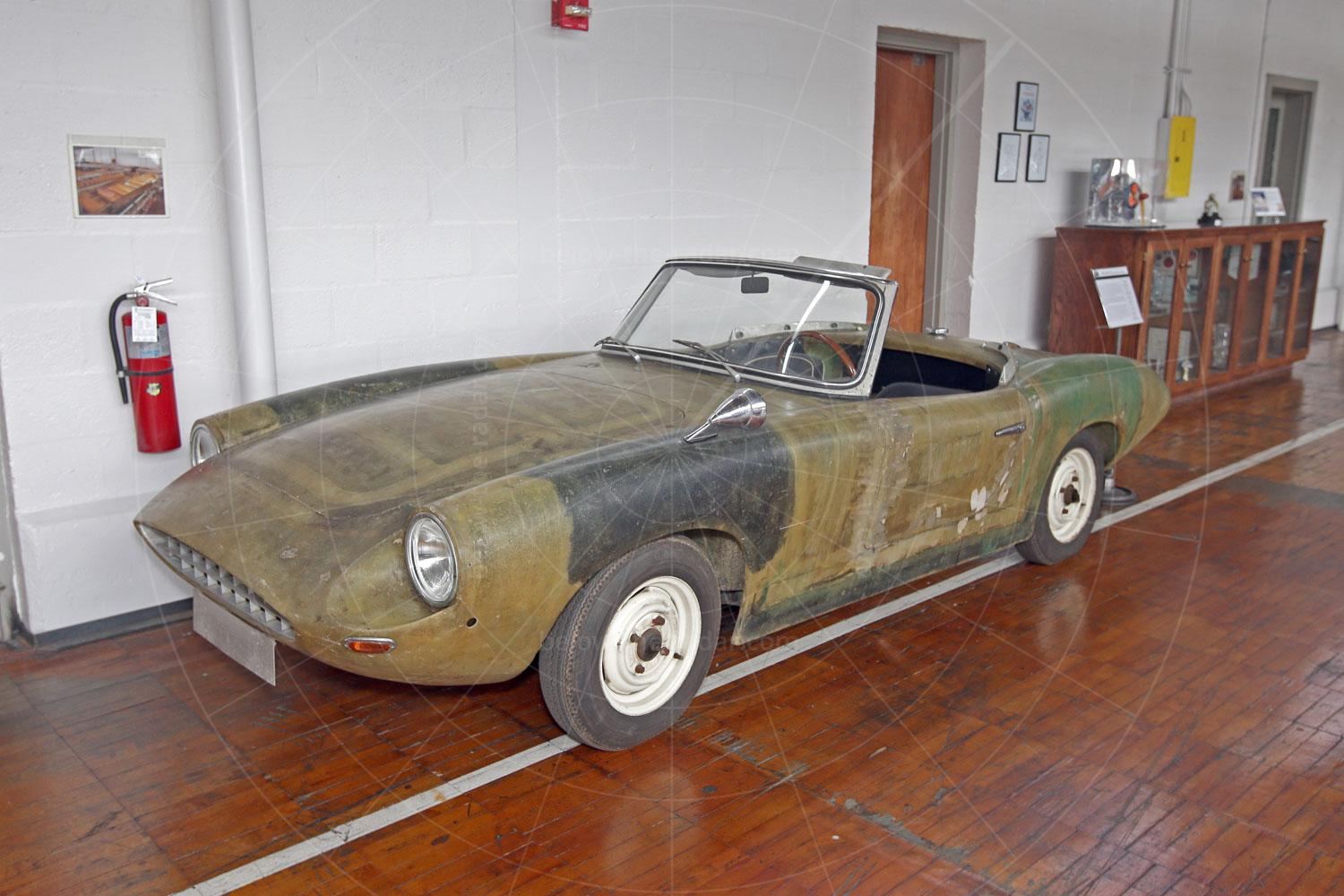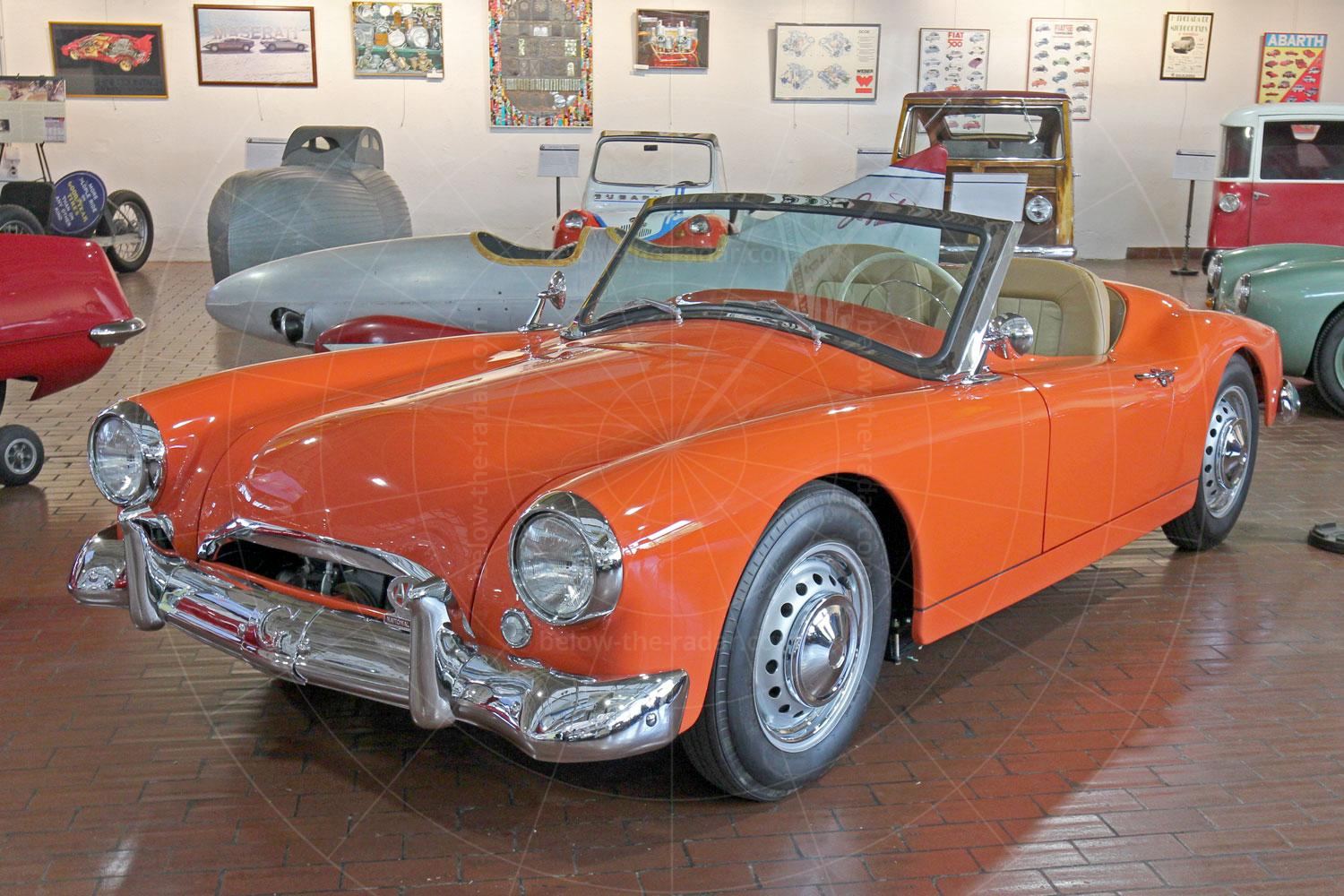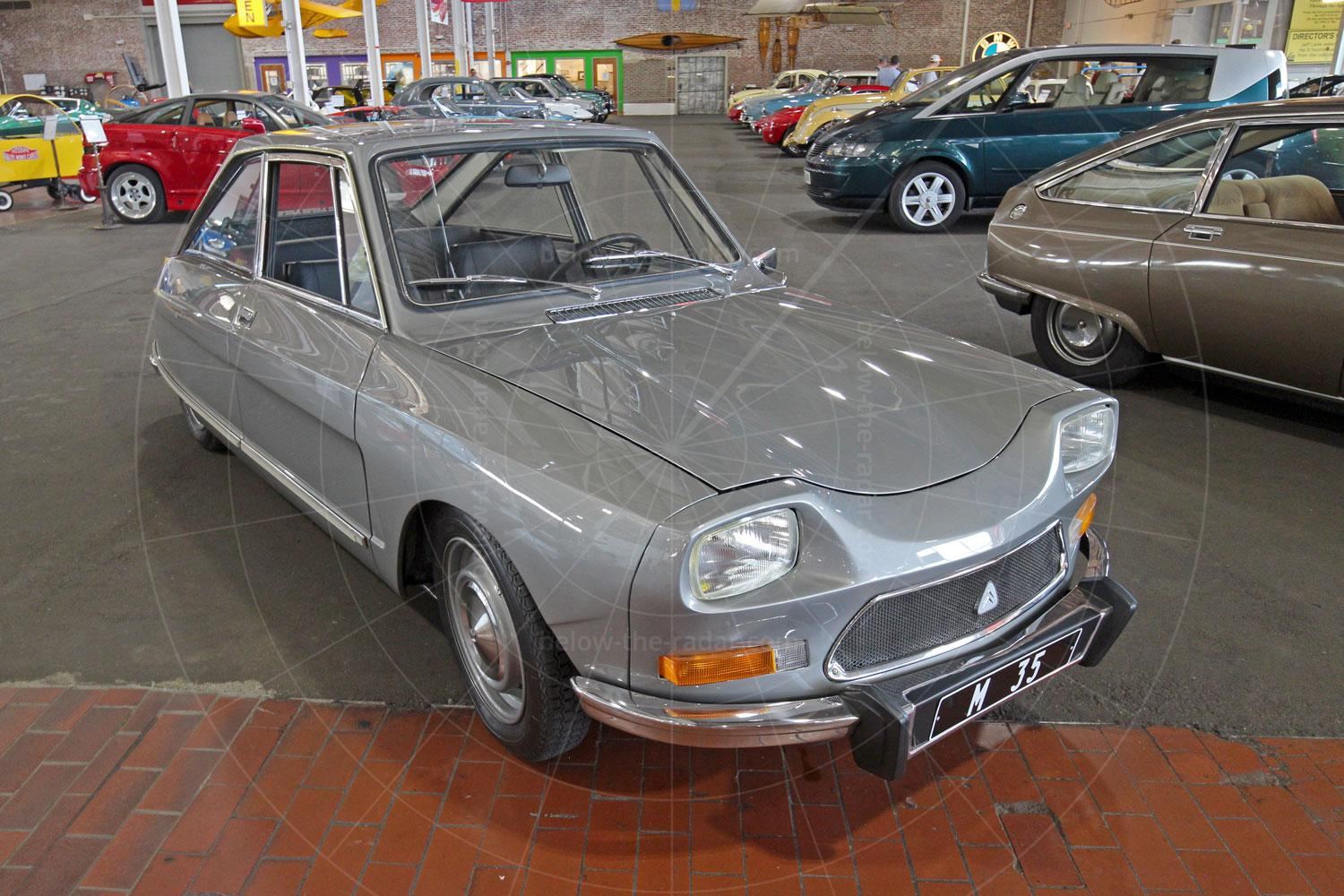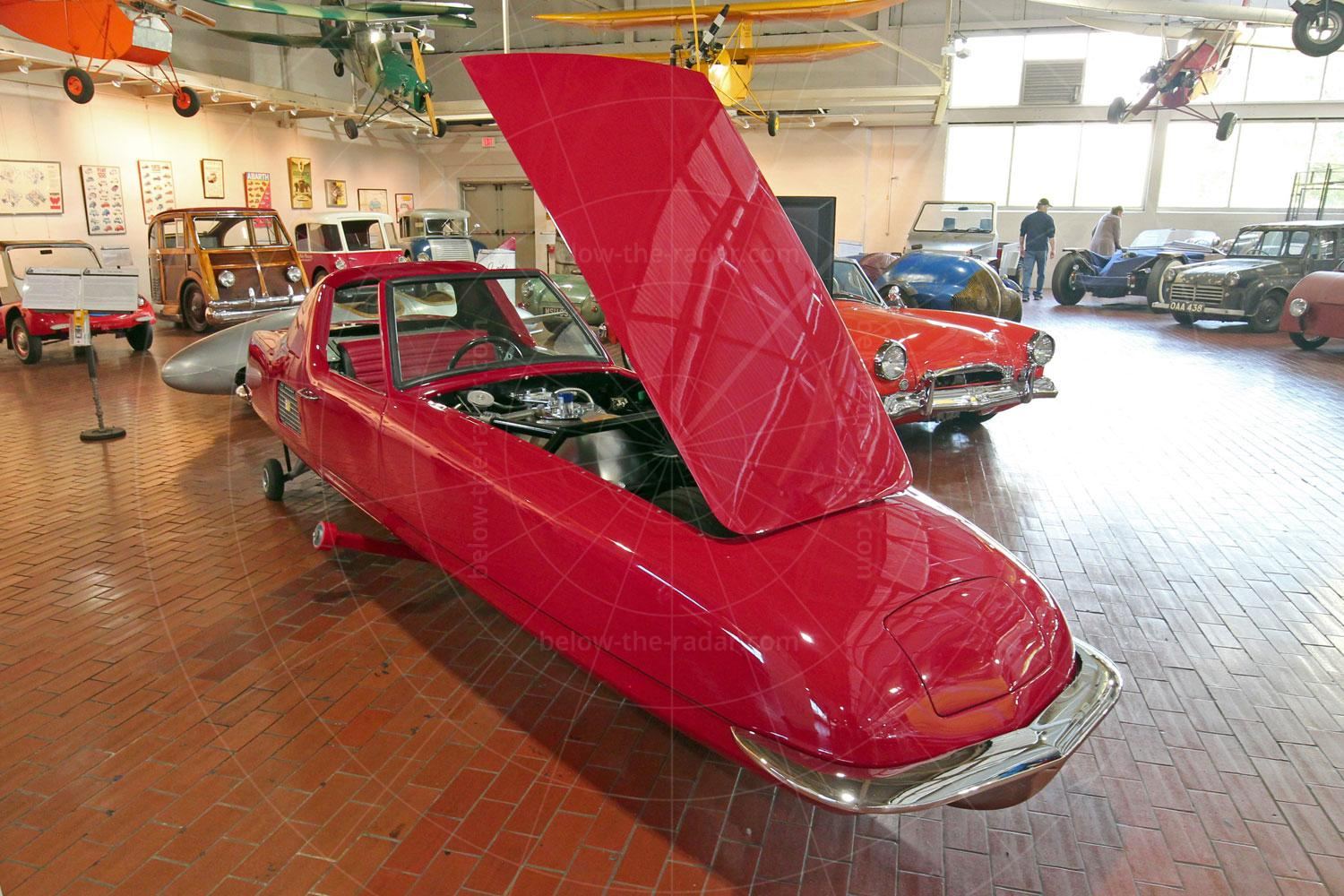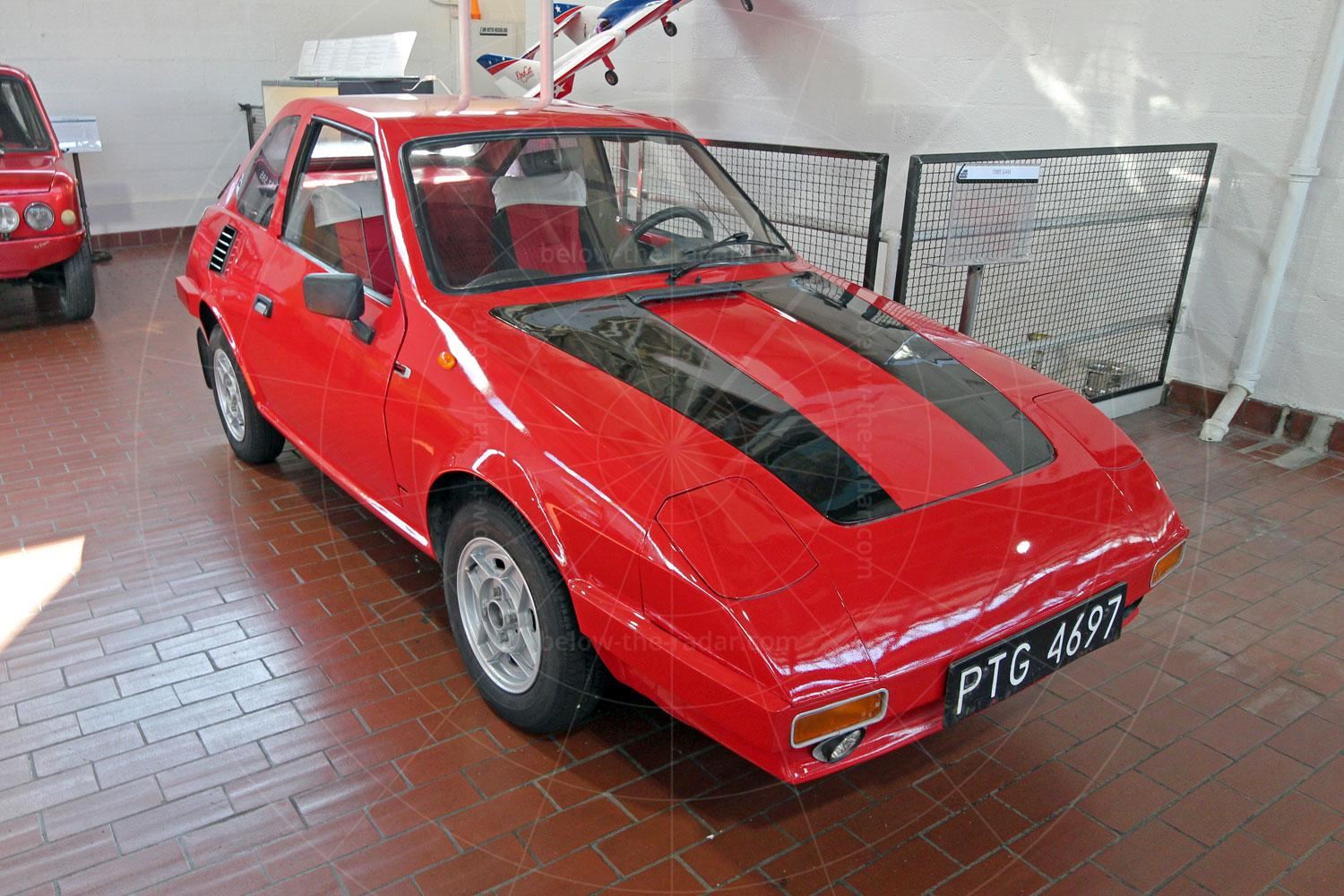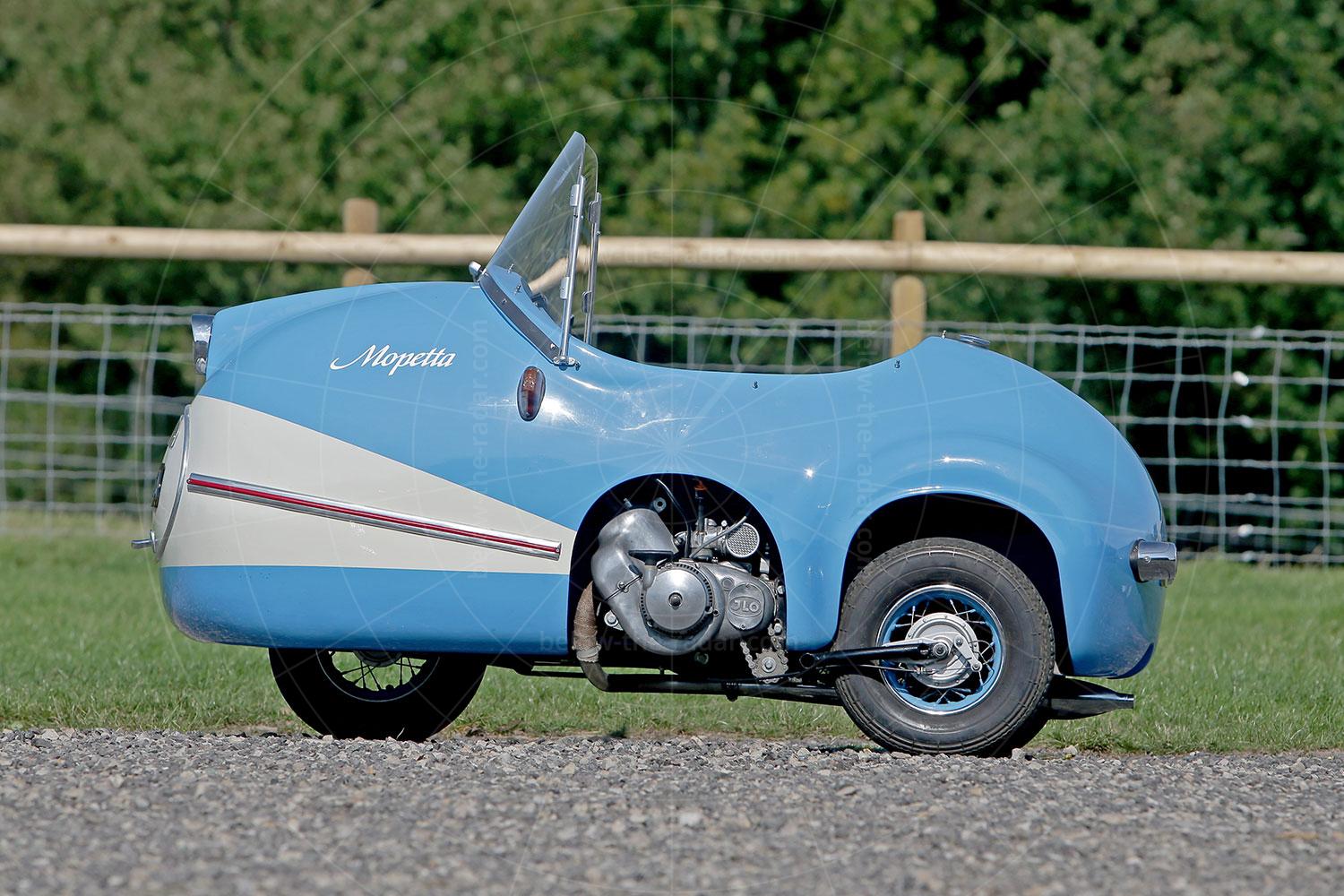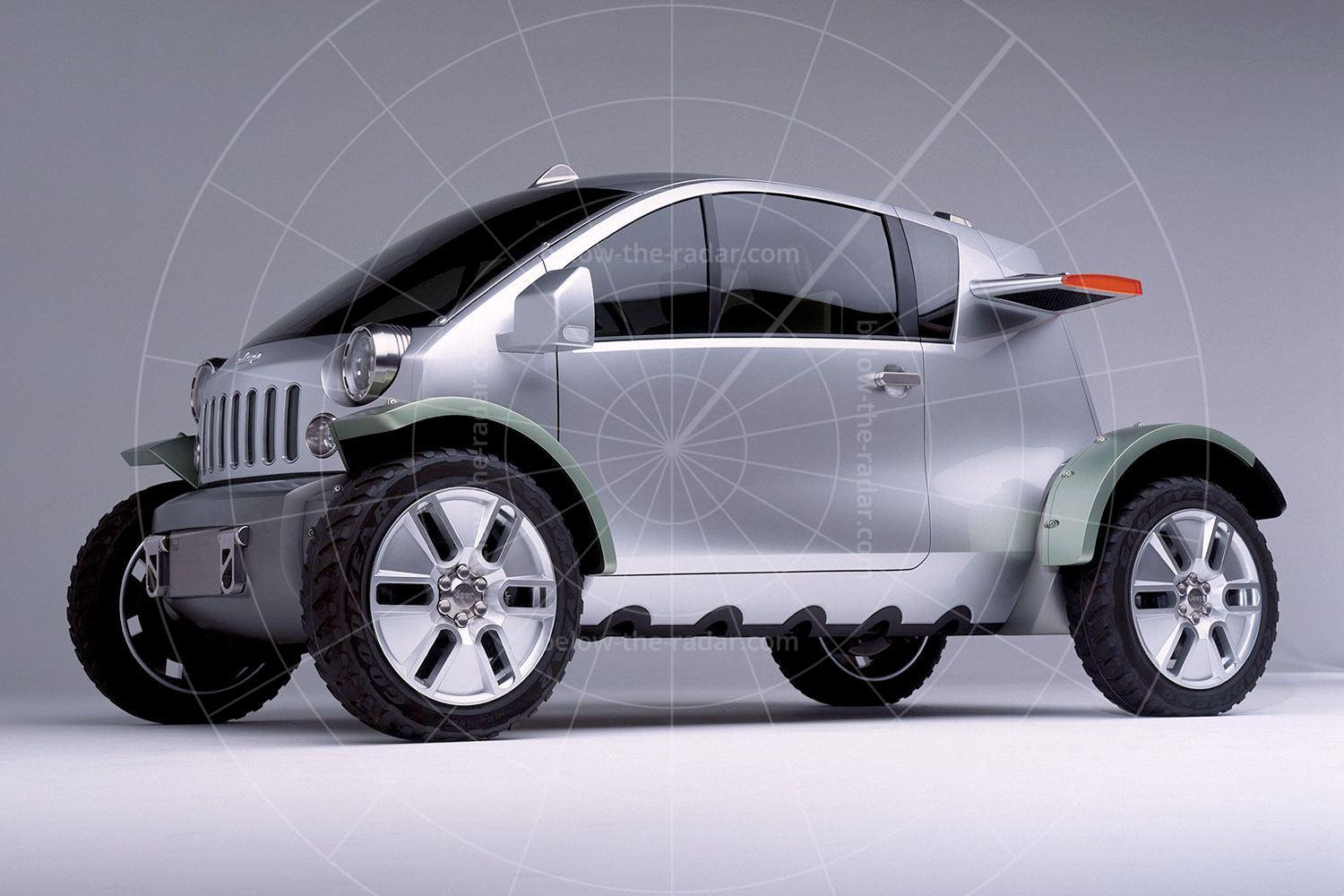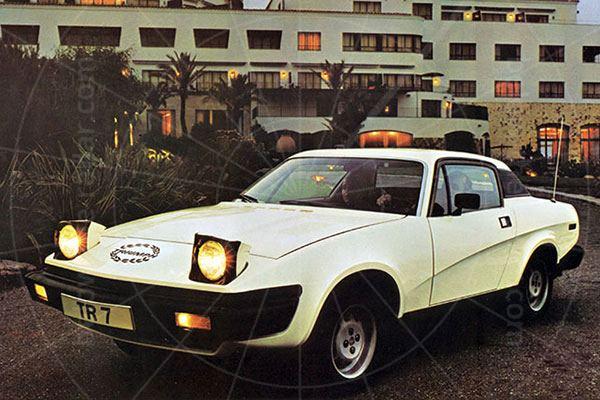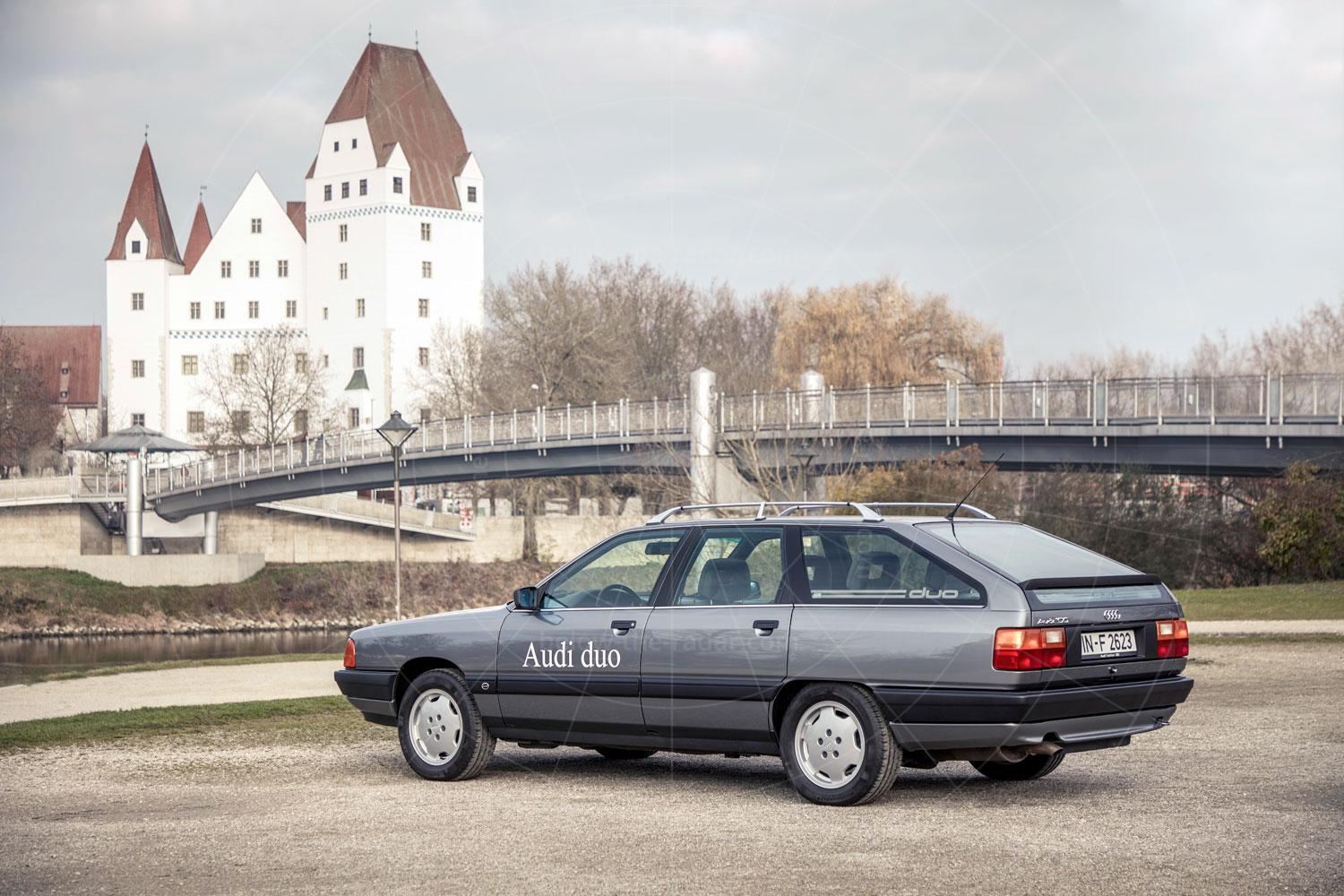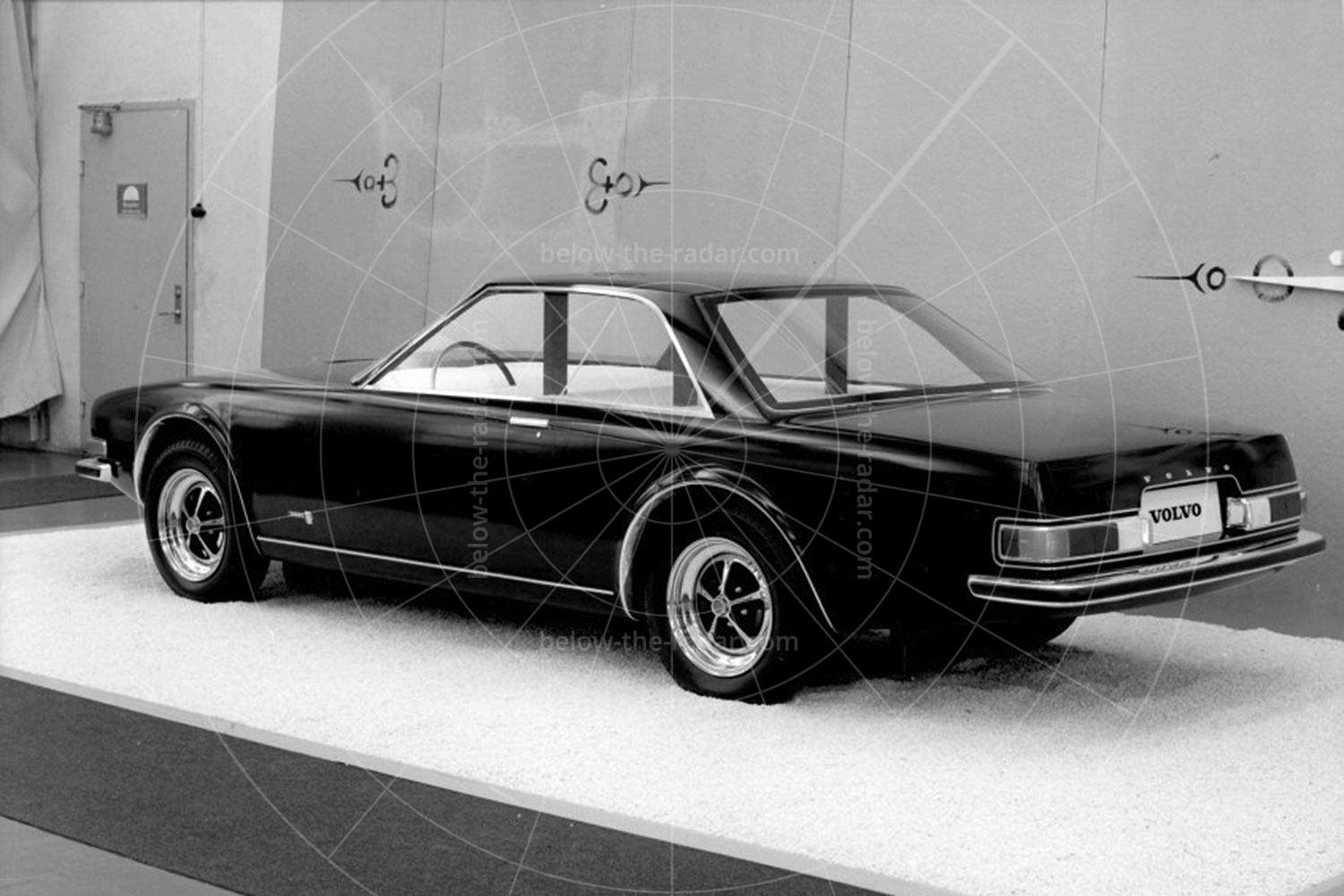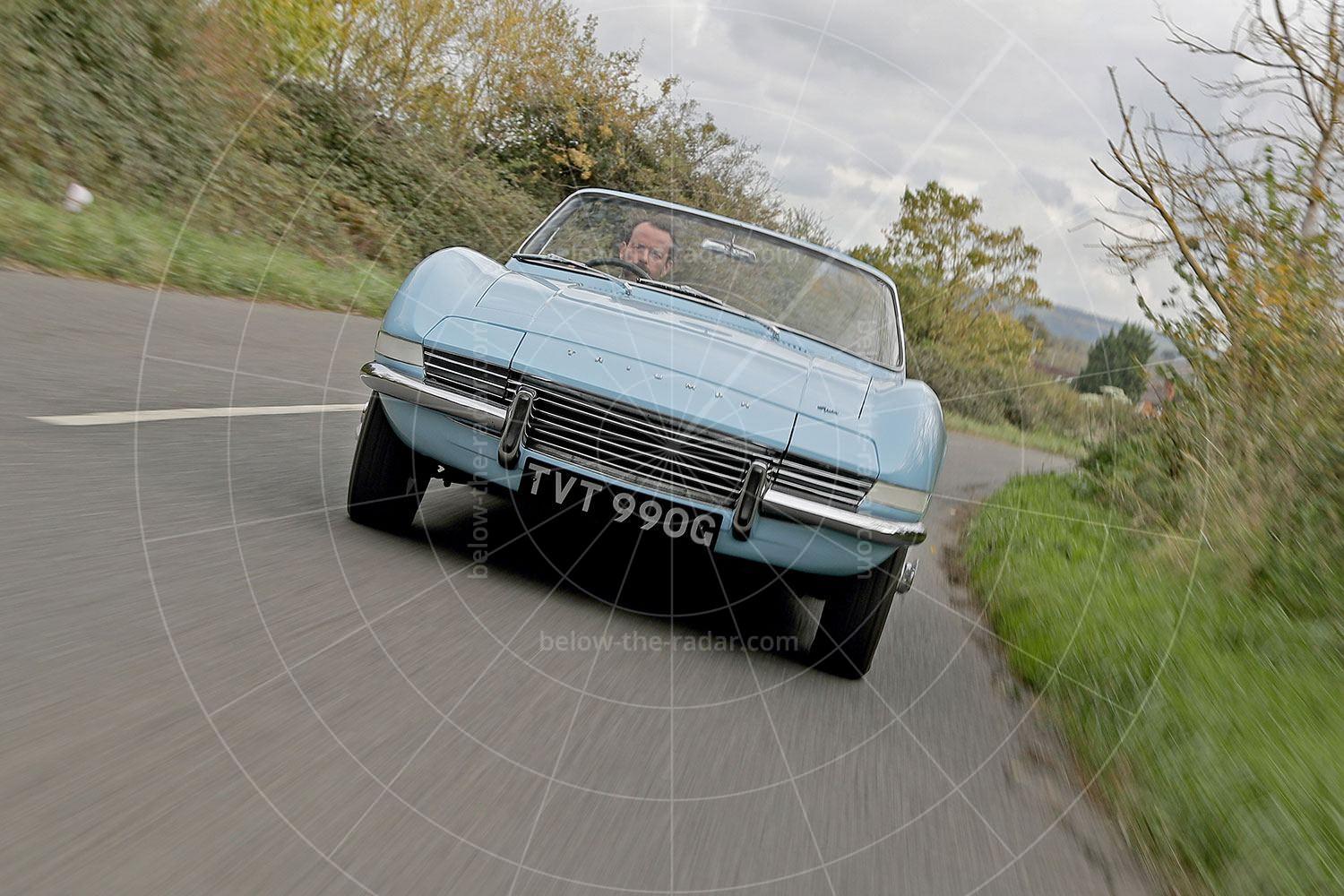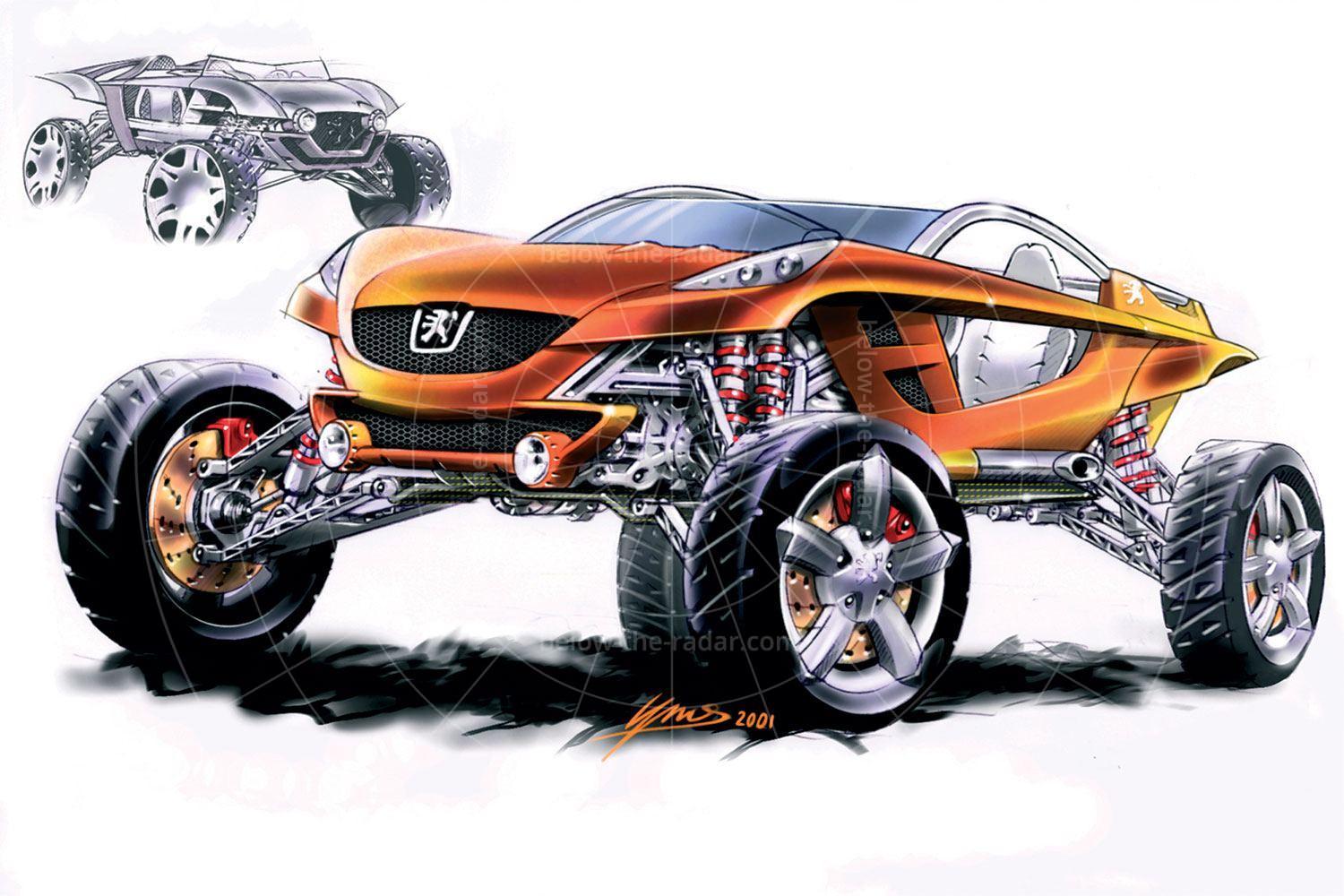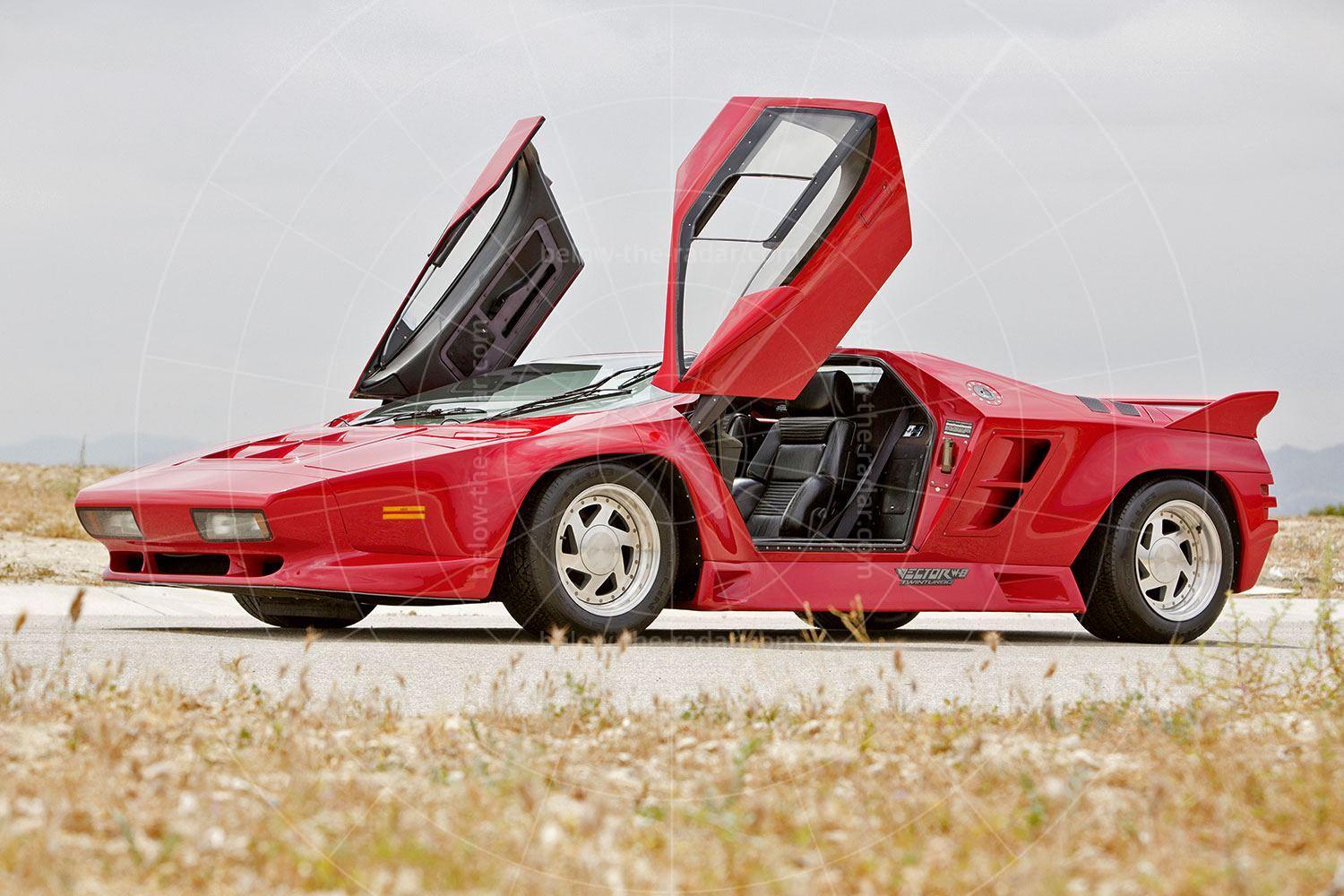Everything seems to be bigger in America, whether it's their houses, meals or medical bills. It used to be true of their cars, although sadly the days of the Big Threes' gargantuan land whales are long gone. But while the cars are smaller the collections often are not, and nowhere is this more apparent than with the assortment of oddities that Jeff Lane has assembled in an old bakery in Nashville. Just 150 or so exhibits are on display at any one time, but that's only a quarter of the collection!
If you're into left-field vehicles, the briefest of glances at lanemotormuseum.org will have you looking at flight and accommodation costs as you try to work out how to spend some time perusing the collection. Go to many large car collections and they're run by suits who have to monetise everything as much as possible. There's no central figurehead to chat to as an ordinary punter, but go the Lane Motor Museum and Jeff is usually there, chatting to visitors, moving cars around, talking to his team of mechanics in the workshop or researching the history of something that's on display. A truly hands-on enthusiast, Jeff knows the stories of every one of his 550+ cars, no matter how obscure.
It all started in the late sixties when Jeff was just eight years old. His father bought an MG TF to restore, but Jeff ended up doing most of the work. Recognising this fact, when Jeff was 12, for Christmas his father bought him a TF of his own to restore. An abandoned project that was being sold on, the TF was really just a few boxes of parts with no bodyshell, because it was so rotten that it had been thrown away. It would take four years for Jeff to complete the project, but it was ready for the road in 1977 when he was 16, in time for him to pass his driving test. Over the next five years or so, Jeff drove his TF around 50,000 miles, attending MG meets locally (Ohio and Michigan) as well as bigger gatherings on the East and West Coasts.
By 1979 Jeff had turned 18 and he had started to campaign an MG Midget in Sports Car Club of America events; three years later he graduated from university in Nashville, by which point his dad had collected more MGs, including a TD, TC, M-Type Midget and a J2. A seed had been sown…
Jeff comments: "Having graduated I moved to Oklahoma, but in 1989 Nashville's milder climate tempted me back and I settled there and started to buy a few old cars, including a 1960 Dodge M-37 and a BMW Isetta. Over the coming years I acquired more and more motoring oddities including an Amphicar and a Tatra T87. Before I knew it I had 75 cars, and it became increasingly common for people to want to see the collection, once they had heard about it.
"In the late 1990s something pivotal happened. One of my neighbours asked if he and his son could see my cars as his 12-year old son's birthday present. The kid was really enthusiastic and he brought two of those disposable cameras with 12 shots apiece. I was renting two large units where I kept my cars, and we hadn't even got half-way round the first one before he'd used up every picture that he had. I then pointed out that we still had the rest of the unit to go, plus another one that was just as big – it then struck me that I really needed to either stop buying cars because the collection was getting too dispersed, or I needed to put them together and create a museum." Thankfully it was the latter option that was pursued.
Jeff spent a year scouring Nashville for somewhere suitable, thinking that 40,000 square feet would be plenty. By the time he'd settled on a derelict bakery he had 140,000 square feet at his disposal; for a long time now, Jeff and his small team have been pondering how they can expand the museum's display space, such is the scope of the collection…
From the outset, Jeff's aim was to offer something different; there was no point cramming in Corvettes, Cadillacs or Packards when there were already dedicated museums for those. Having already developed quite a fascination for microcars, those became something of a theme, with a desire to collect one of everything ever made. It would be easy to think that the smaller the car the easier it is to cram more of them into a given space, but show them off properly and it doesn't quite work like that.
Another love of Jeff's is for Tatras, which came about as a result of a visit to Retromobile in the late 1990s, where there was a stand dedicated to the marque. That was where he saw the T87 that would prove to be key in turning his collection from a private one into something public. In the earliest days of the museum, Jeff was buying a couple of Tatras each year and there are now 18 listed as being in the collection, including an aerosled prototype replica, two T613s, a T600 and an early T603. Also in there is one of the last cars that Tatra ever made, a T700 from 1996. One of just 29 produced, the T700 was a development of the Vignale-designed T613 launched in 1975.
In case Tatras and (generally European) microcars aren't left-field enough for Jeff and his visitors, he also has a thing for propeller-driven cars. Perhaps the most famous of these was Marcel Leyat's Helica, of which 26 were made during the 1920s and '30s. Just two are known to have survived and with both out of reach, to cut a long story short, Jeff decided to build his own replica from the original plans. Actually, maybe that story was cut a bit too short, because what really happened was Jeff created the replica in conjunction with model builder Claude Guéniffey, who tracked down Leyat's original workshop, which by now had become a winery. The owners of the premises allowed Guéniffey to search the attic of the building in case any plans were lurking, and he found 300 old drawings as well as parts from the original cars. Thinking that they would have to build a replica from measurements and pictures of the two surviving Helicas, instead Jeff and Claude had the original plans as well as a stack of original parts to work with.
Another of the very few copies in the collection is a Dymaxion. Only one of the three built has survived, and once again that was out of reach for Jeff. He says: "Some people have a negative outlook about replicas. The problem with the Dymaxion is that the only real one in existence hasn't run in 40 or 50 years. There's nobody alive who's driven one or knows what it's like to see one go down the road. I think it's perfectly fine to build a replica and give people the opportunity to see it, learn about its history, and even to ride in it."
More recreations are yet to come, although the museum's four-strong workshop team have plenty to be getting on with, trying to keep the existing cars running. Jeff isn't worried about keeping everything driveable, but out of the 550 or so cars he'd like to keep at least 400 on the button at any one time; those that do drive are taken out at least once or twice a year, with some exhibits used much more frequently than this. On special event days, members of the public can drive some cars on a five-mile loop that starts and ends at the museum, while an annual autumn fund-raiser is also held, which allows 25 museum patrons to each drive a car on a 150-mile route. Could you imagine any British car museum doing the same?
As well as the display area that's open to the public, there's an extra warehouse on-site, known as the air-cooled shed, which is out of bounds to visitors, plus a basement crammed with hundreds more weird confections, for which guided tours are available on most weekends.
Once he'd started to amass his oddball cars, Jeff quickly became known around the world as a collector of automotive rarities, so it didn't take long for him to build up a network of contacts who would feed him leads on cars for sale around the globe, including all over Europe. Sometimes Jeff is approached by people direct, who want to sell him something unusual – or even donate it to the museum, keen to allow a wider audience to appreciate it. Then there are the cars that take a lot of patience to acquire…
Jeff relates: "Our 1948 Davis three-wheeler was a particularly tough car to come by. A guy named Tom Wilson ran the Davis Registry for years. He owned two cars and he knew where all the other Davis cars were located, but he would never say who owned them. I think there were 16 Davises built before the company closed, and I emailed Wilson for several years to let him know I was interested in finding a Davis, but he was always very cold to me.
"I went up to the Orphan Car Show in Ypsilanti, Michigan, one year. Wilson lived three miles from there and I was going to meet him for the first time, so I let him drive the Tatra 97 that I brought to the show. Immediately he became more friendly; he even let me drive his Davis. He had a party on the Sunday night of the event, and one of his friends said to me 'I don't think he's ever going to sell that car'.
"Three weeks after that event, and after I had been hounding him for three years, he sent me an email that said "I'm thinking about selling my Davis. This is the way I'm going to do it. It's going to be a sealed bid. You have to write an essay on the ten reasons why you deserve to buy this car and then bid a number. I'm inviting you and a few other people to possibly buy it. When I get all the entries, I'll decide if I want to sell it."
At this point you might lose interest and be inclined to say something along the lines of 'sod off', but Jeff is more mild-mannered than that. He continues: "We made a bid and wrote the essay. To my great delight, he accepted our bid. He brought the car down, along with all the Davis archives that he had collected. He had been thinking, as he got older 'When something happens to me, who's going to take care of this stuff?' He understood our museum was the perfect place for it.
"Locating cars and buying them is about building relationships. I find that with most people, I prefer to go and meet the person and spend a little bit of time with them and have them understand what our museum is all about. There are all kinds of phony car buyers out there. After people meet me, they realise that I'm really interested in cars and they'll usually sell me theirs."
With numerous calls and emails coming in every week from vehicle owners keen to donate to the museum, Jeff knows that he can't save them all, and he also has to stay focused on displaying cars that fit in with his ethos. He's acutely aware that it's the stories as much as the cars themselves, that make each exhibit so fascinating. Some of these tales are related on the museum's website (under 'Collection'); log on and you're guaranteed to lose a few hours going down one rabbit hole after another.
With so many cars in the collection. Does Jeff have a favourite, and what's still out there that he'd like to buy? As far as the first question is concerned, the MG TF that he restored as a teenager means an enormous amount to him, but the air-cooled Fiat 500s and the rear-wheel drive Lotus Elan are enormously appealing. As far as the second question is concerned, a Ligier JS2 and an obscure Argentinian propeller-driven car are on his shopping list, although Jeff isn't certain that the latter one really exists! Jeff has a brochure for it, but that doesn't mean it was ever built; Jeff hasn't yet found any evidence of production cars having been made.
In March 2020 the Lane Motor Museum published the first book in a series that will eventually document all of the cars in the collection. Called Lane Motor Museum: a hobby gone wild, it focuses on just 50 of Jeff's purchases, but if you look at the museum's website (lanemotormuseum.org) you'll find a list of everything, and you're guaranteed to find it utterly absorbing because there are so many cars that you'll never have seen before, and plenty that you won't have heard of.
The last word goes to Jay Leno, who wrote the foreword for the museum's first book. In it, he opens by saying 'Those of us who enjoy cars and automotive history take a lot of pride in thinking we've seen everything, and that we know a lot about most car-related subjects. At the Lane Motor Museum, when you walk through the door and look around, you realize you don't know anything!
'The average car enthusiast can wax poetically about Ferraris and Lamborghinis, Delahayes, Delages and Duesenbergs, and everything else, but who's ever heard of a Larmar, Hoffman or a Flipper? You quickly realize you don't know much about cars after all. Imagine a mathematician discovering a new number he'd never heard of! That's what I felt like when I walked in – and that's why the Lane Motor Museum is such an experience.'
*Check out the Below The Radar Youtube channel, where you'll find videos on seven cars in Jeff's collection. These include the Larmar, Scootacar, Le Carabe and Fiat 126p SAM as well as the Zundapp Janus, Plasticar Rogue and the utterly bonkers Fascination.

